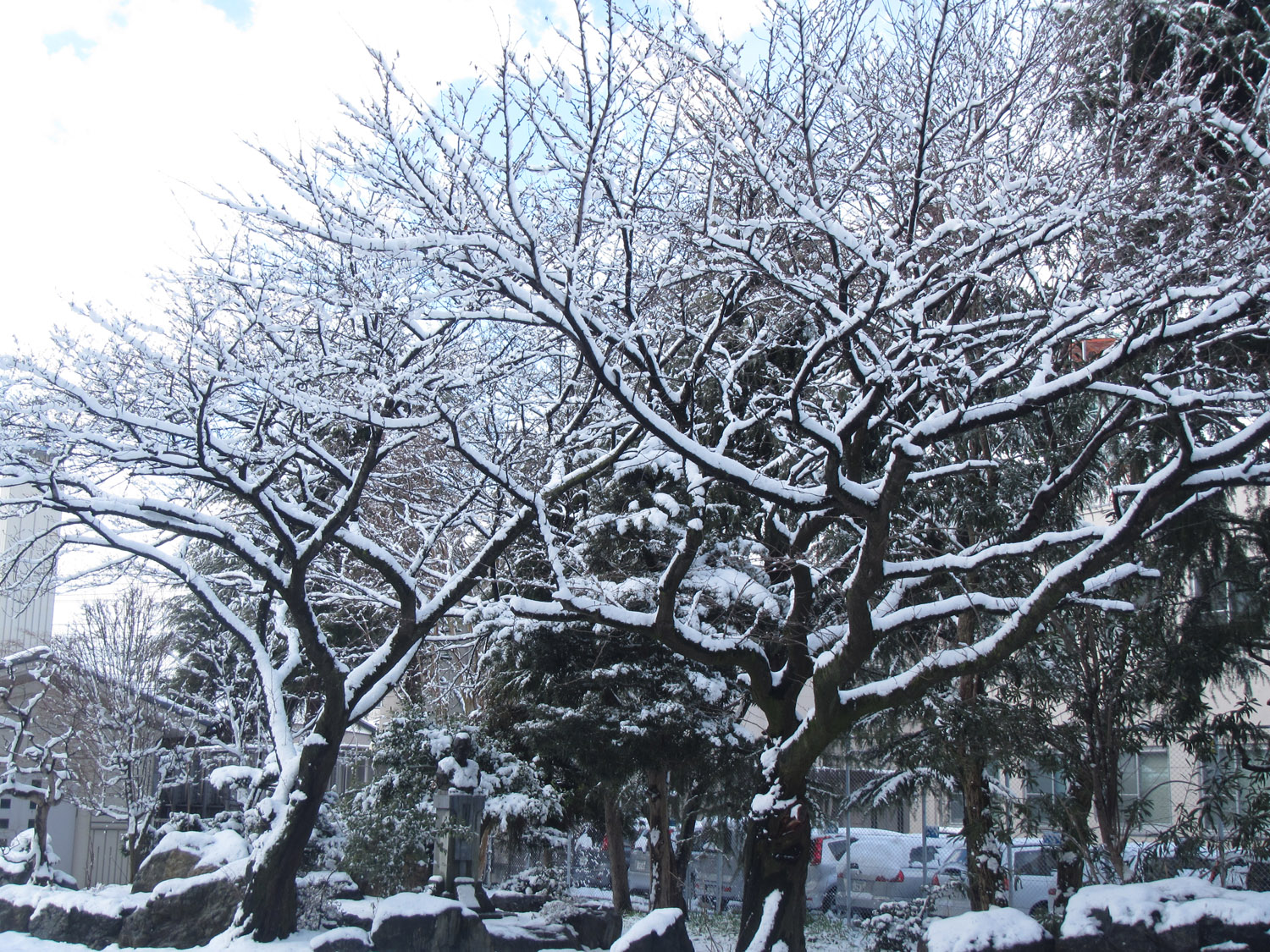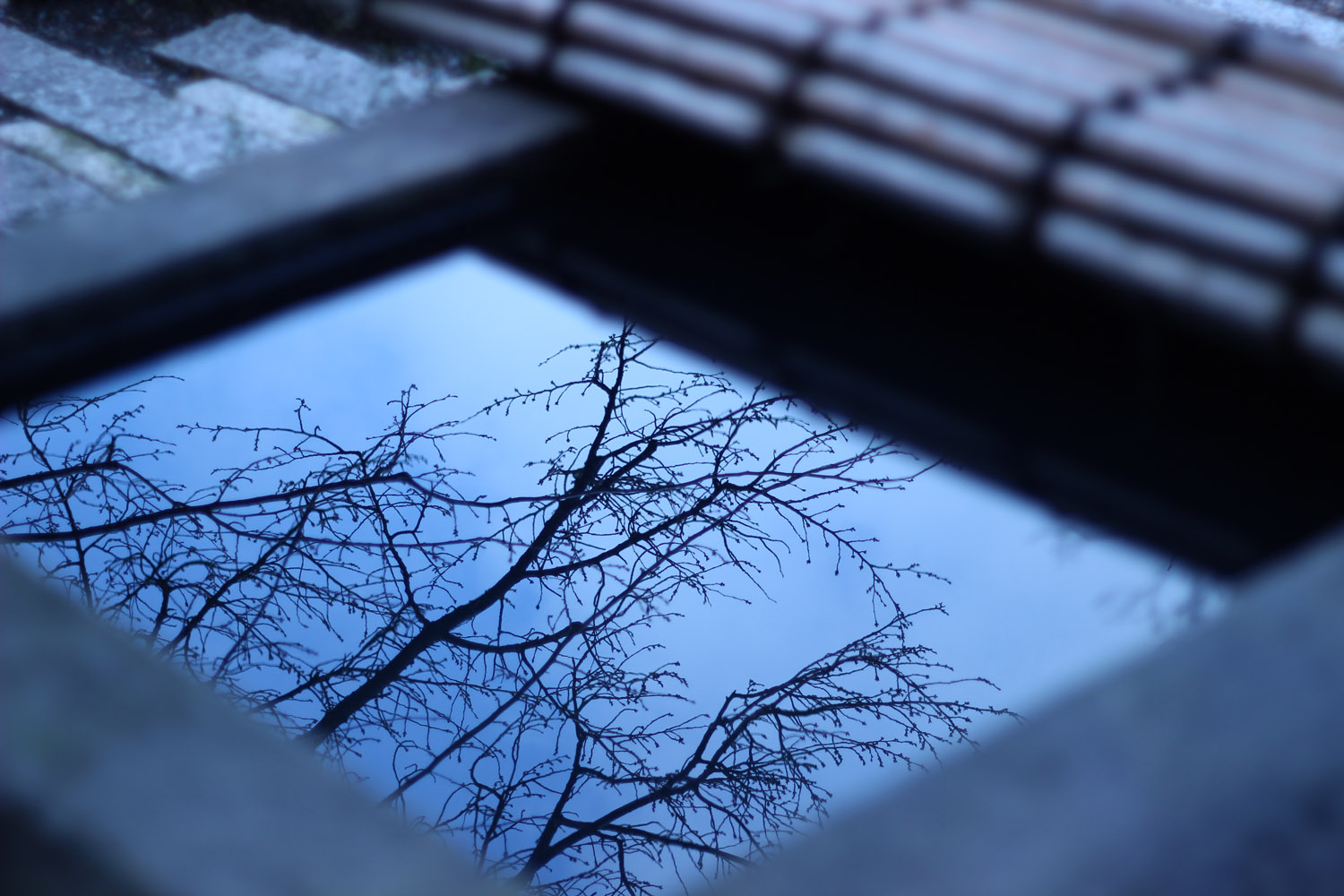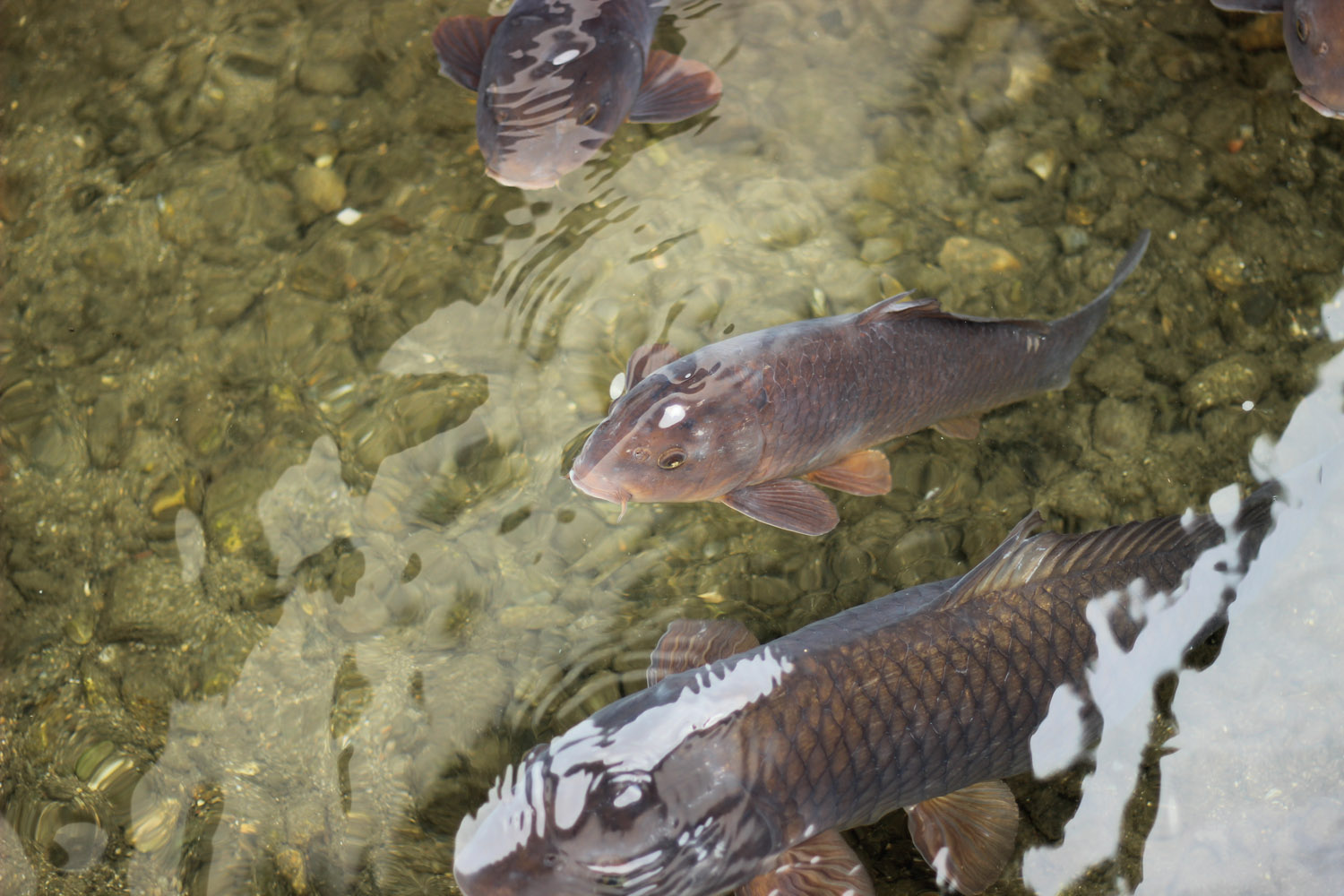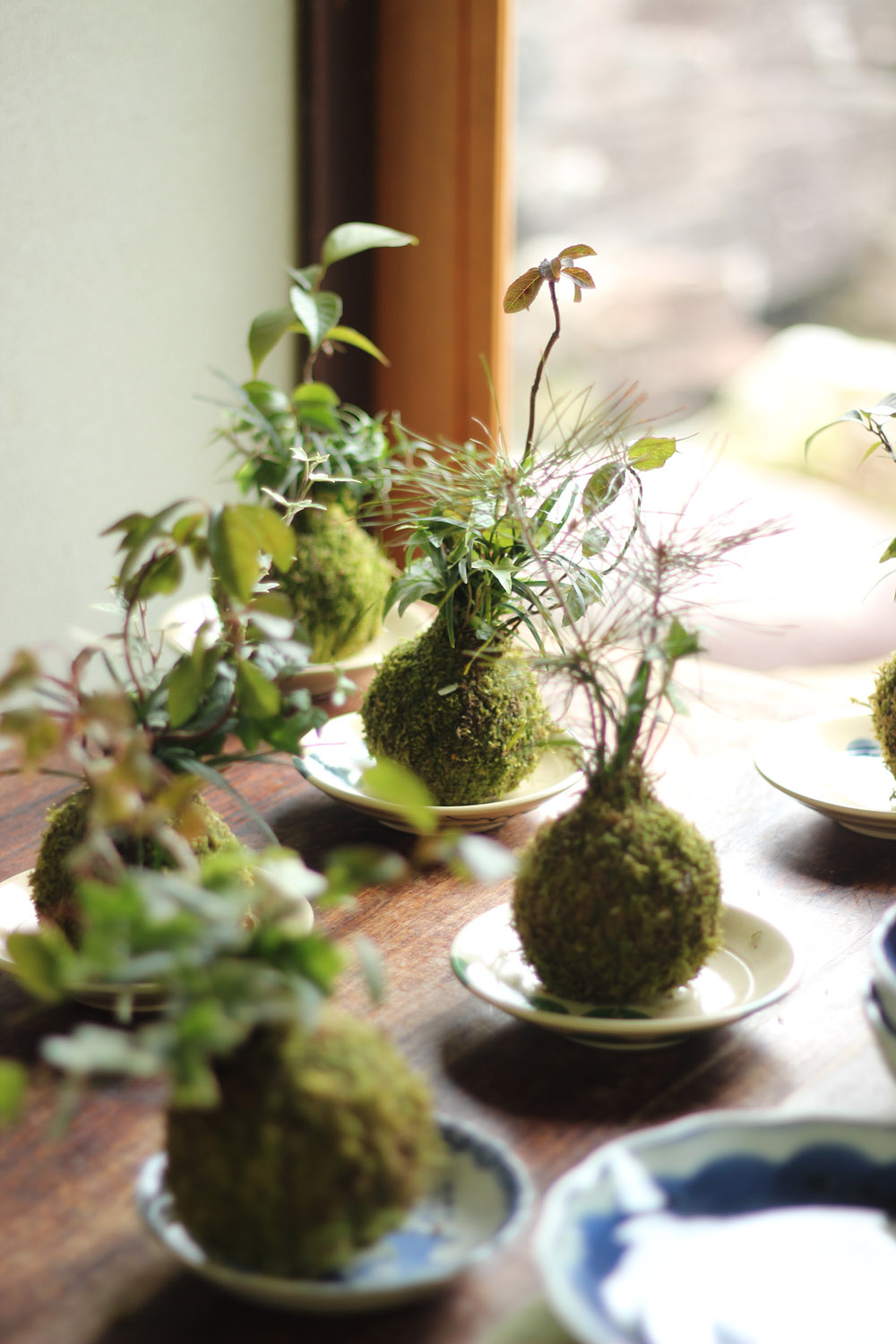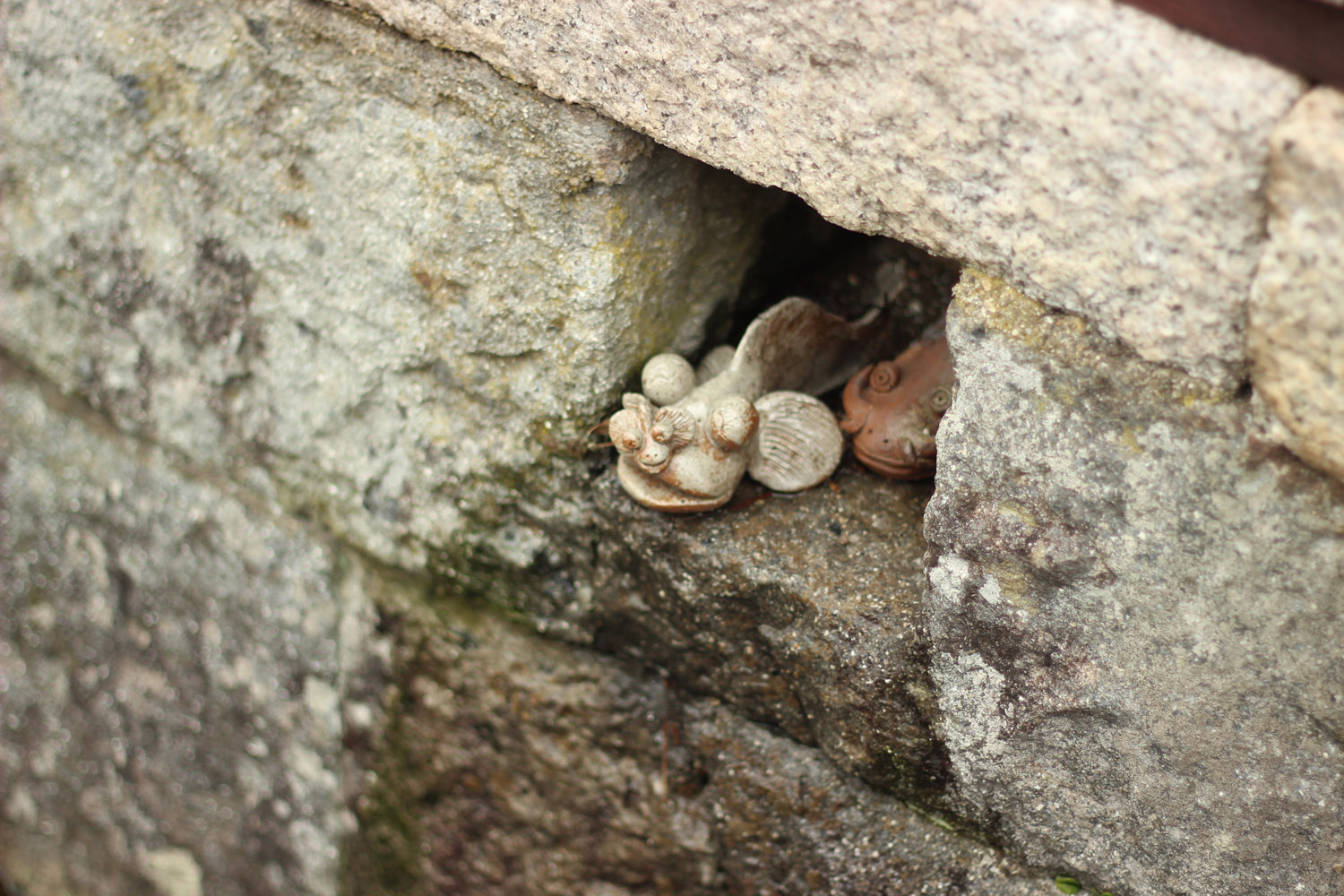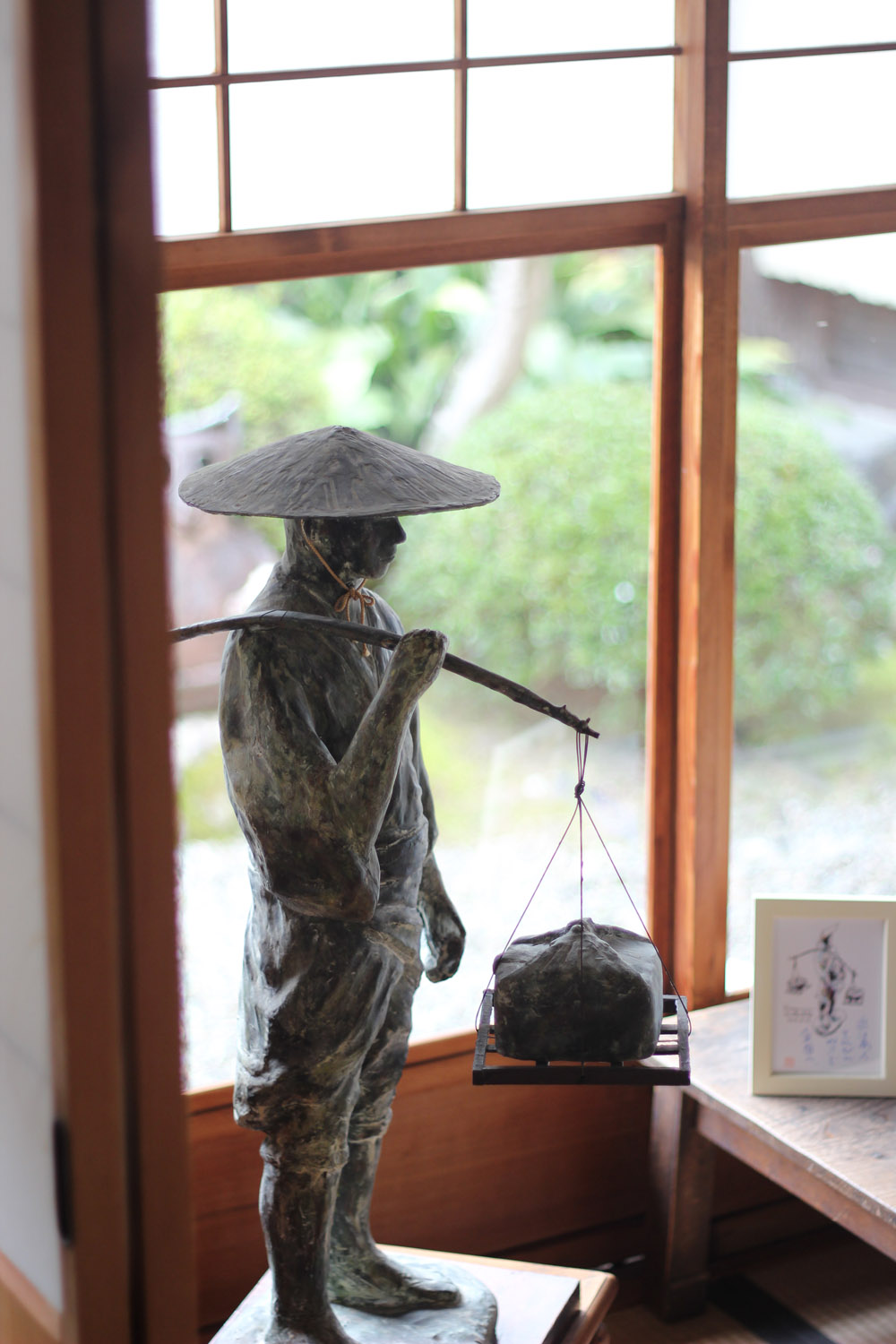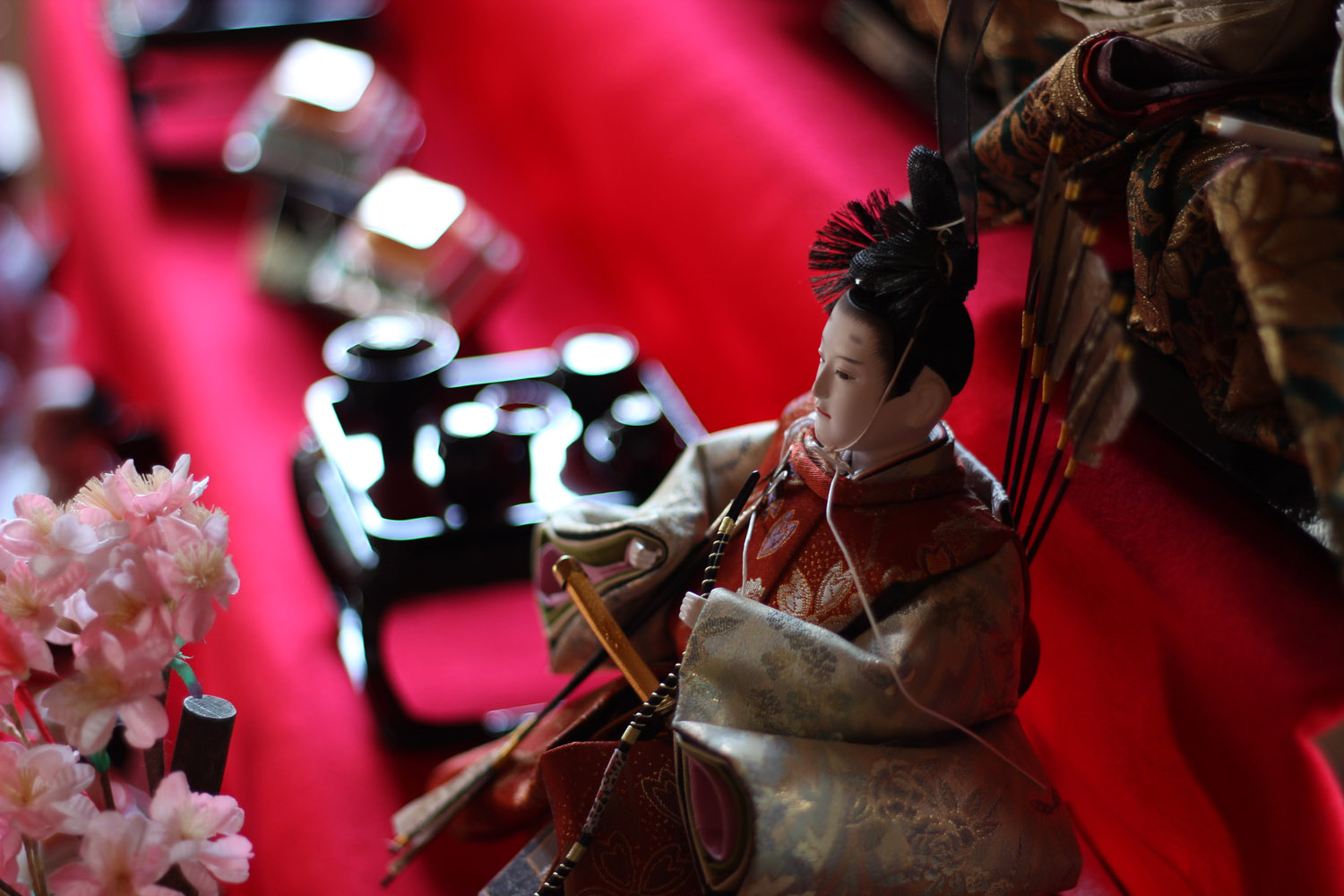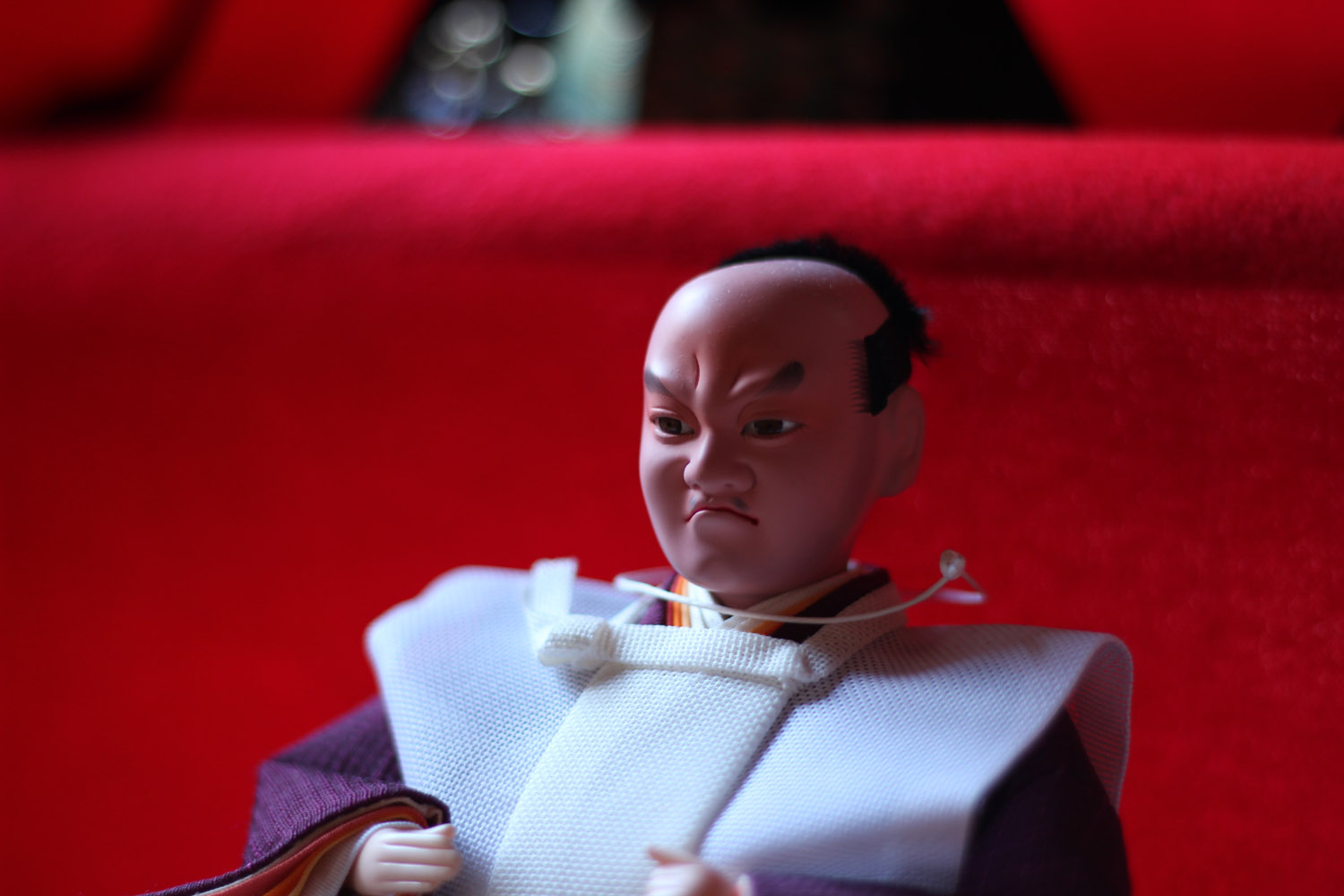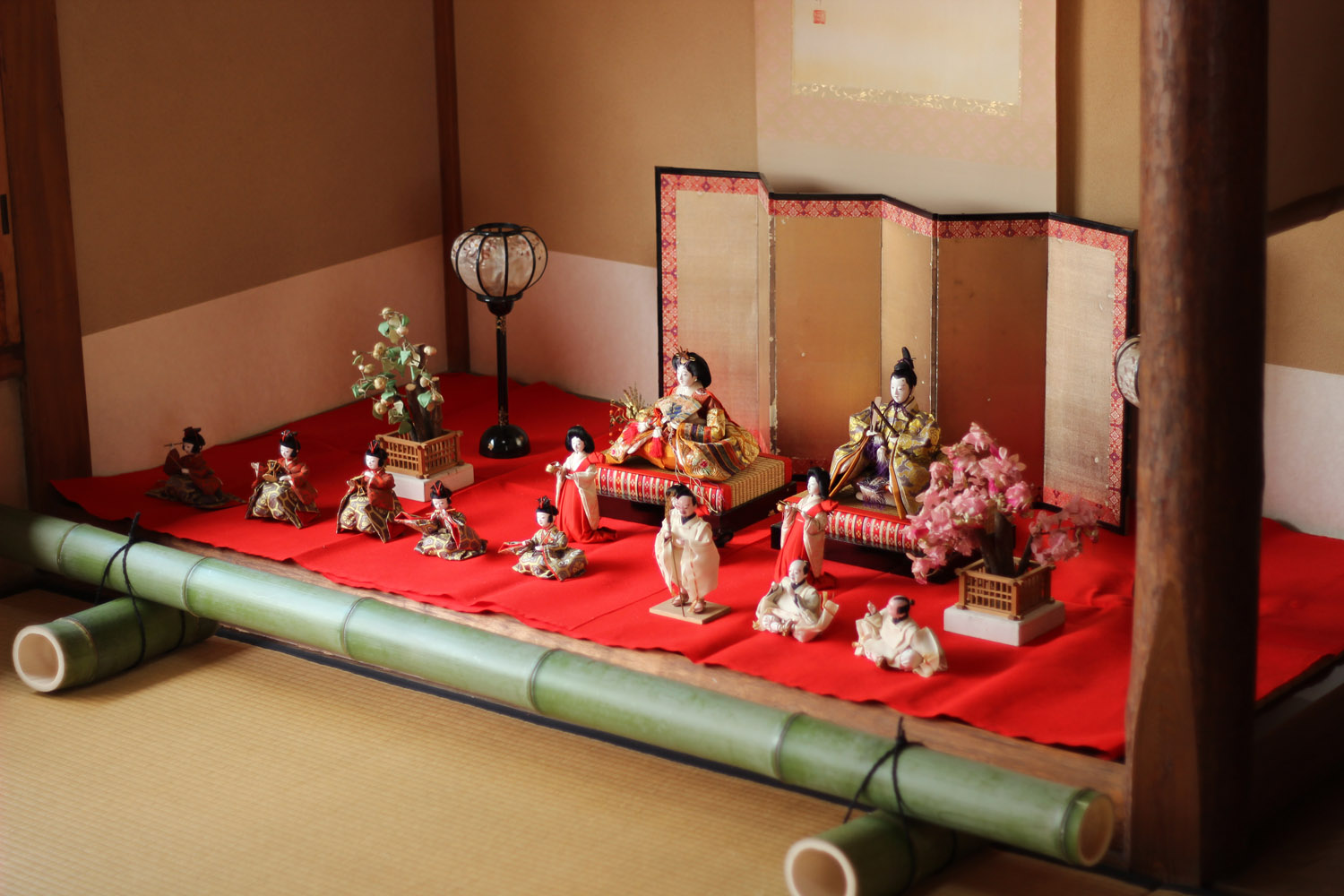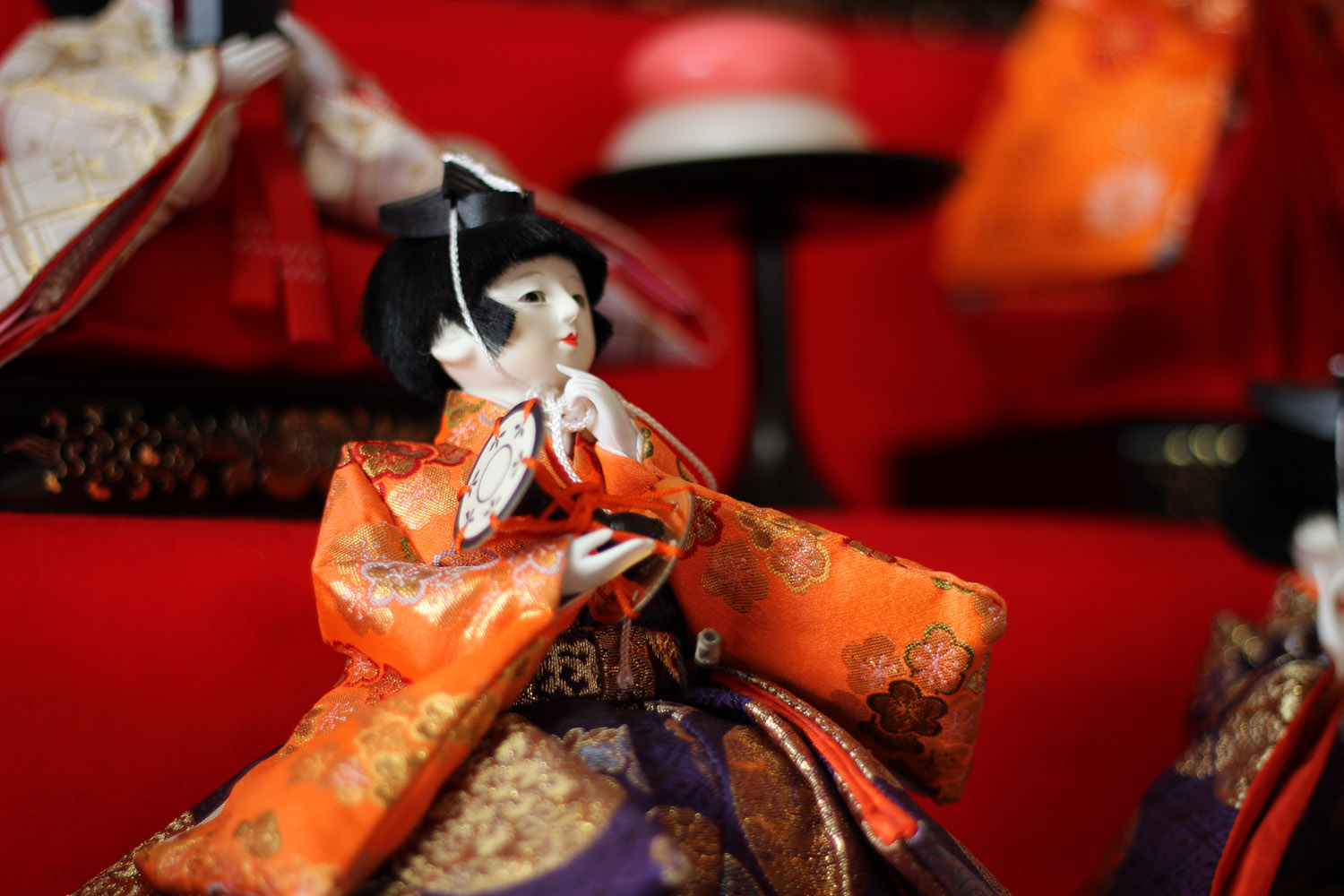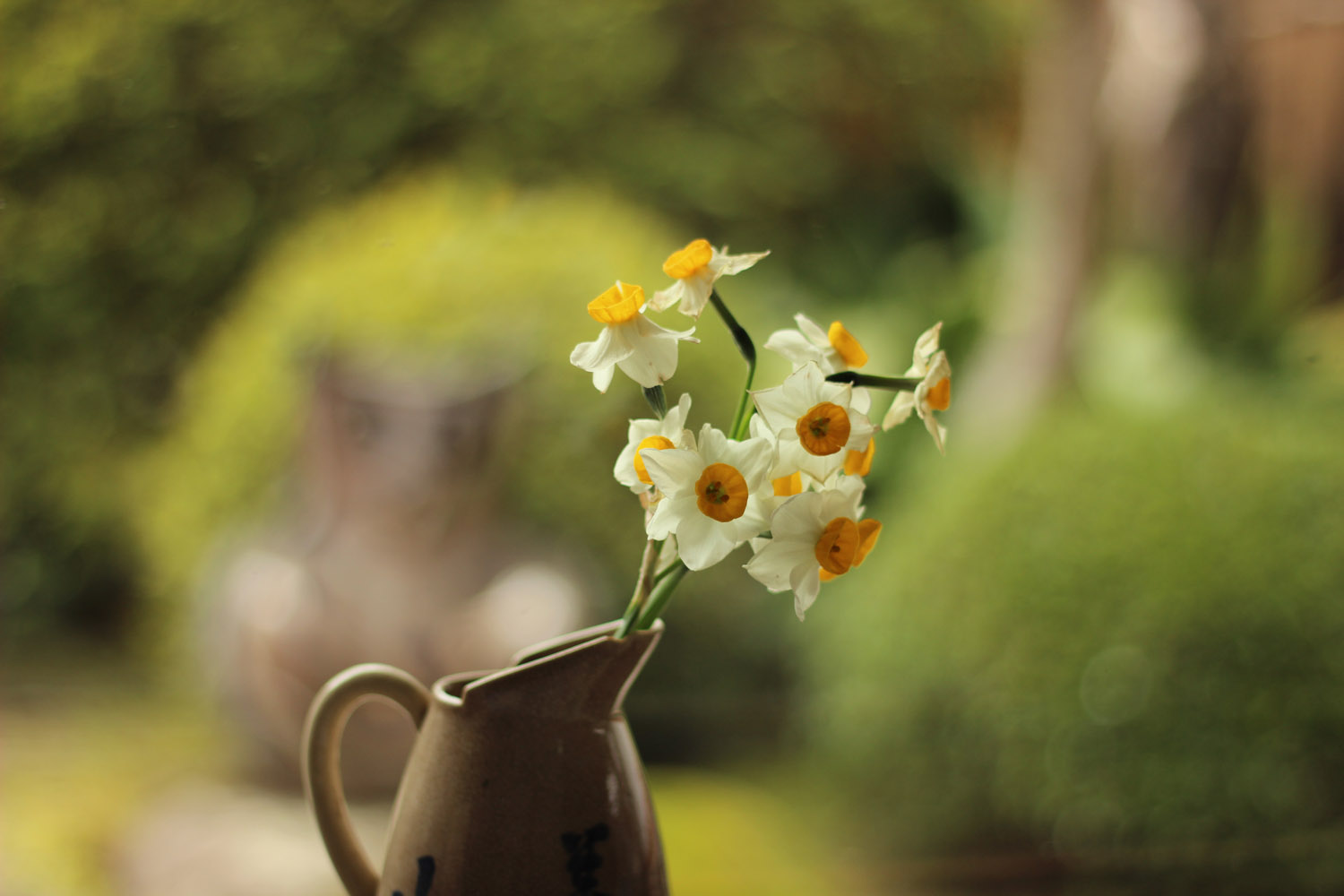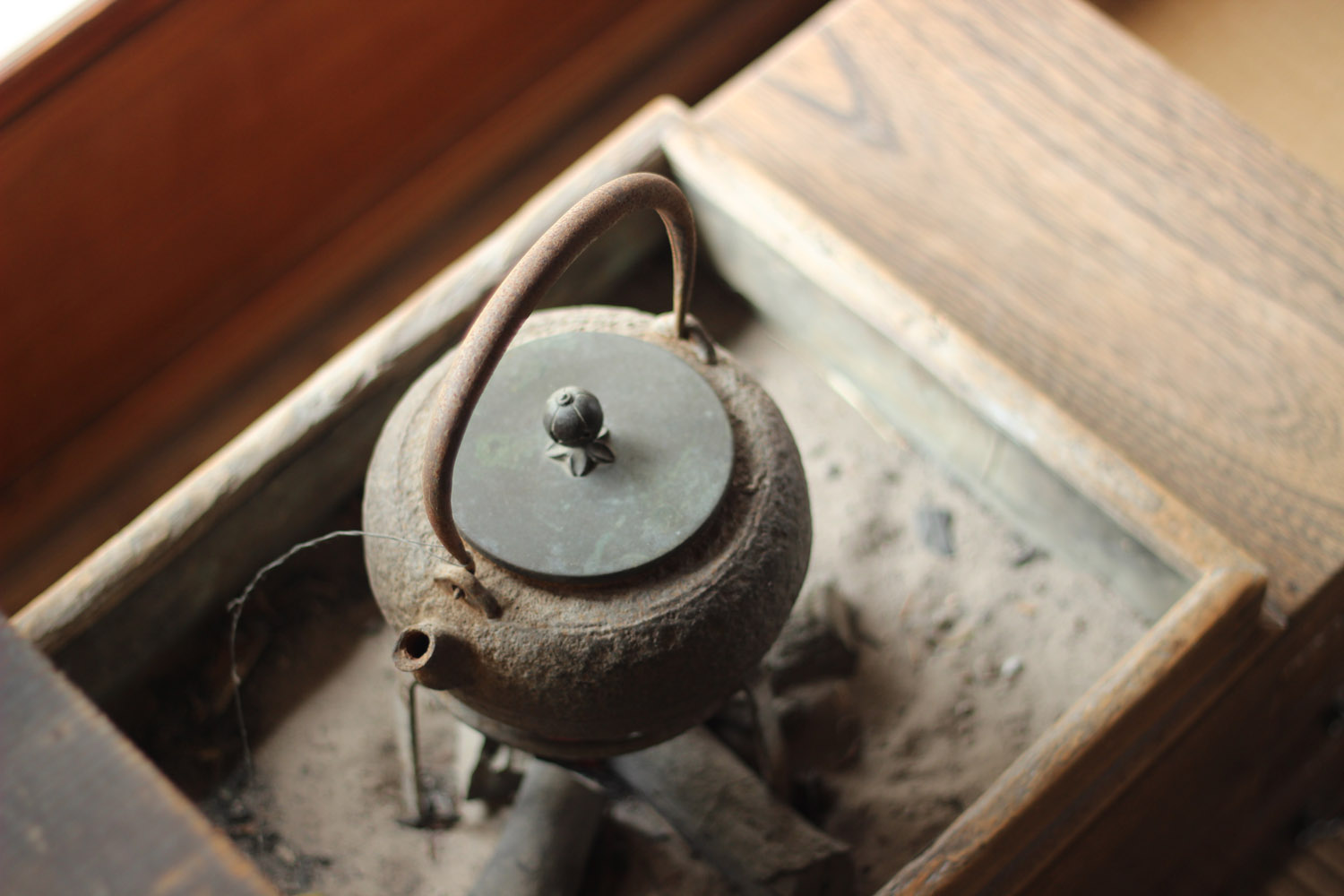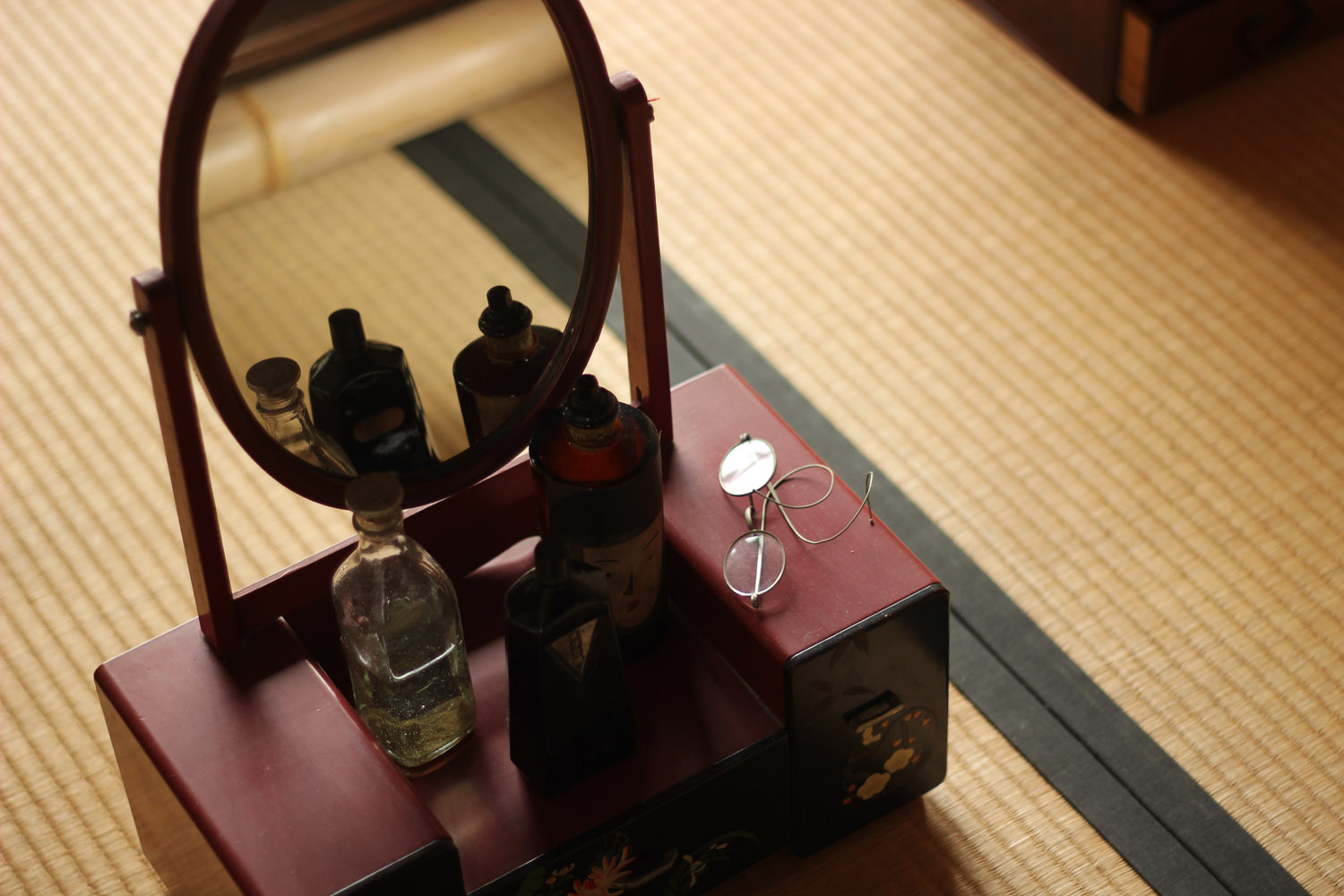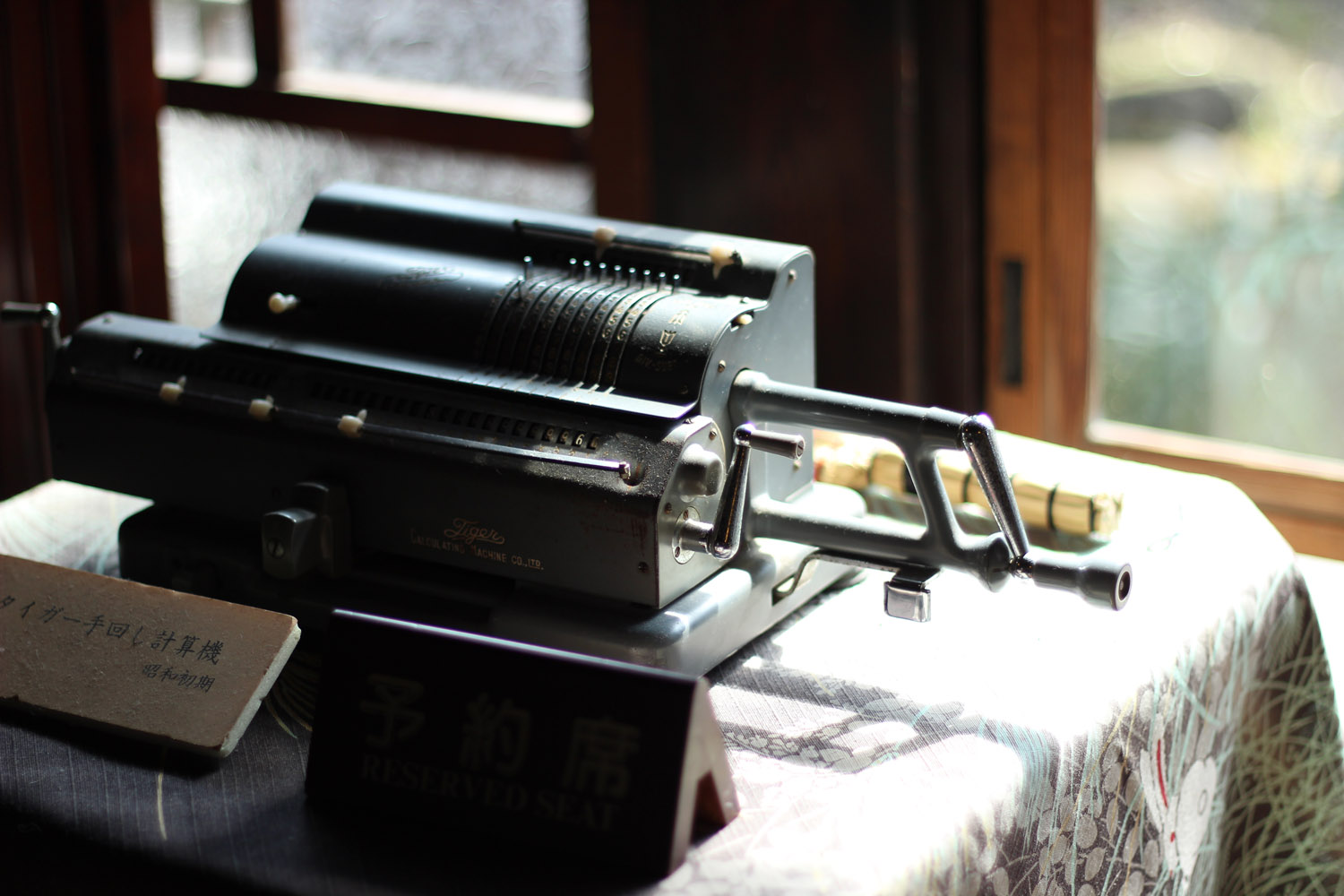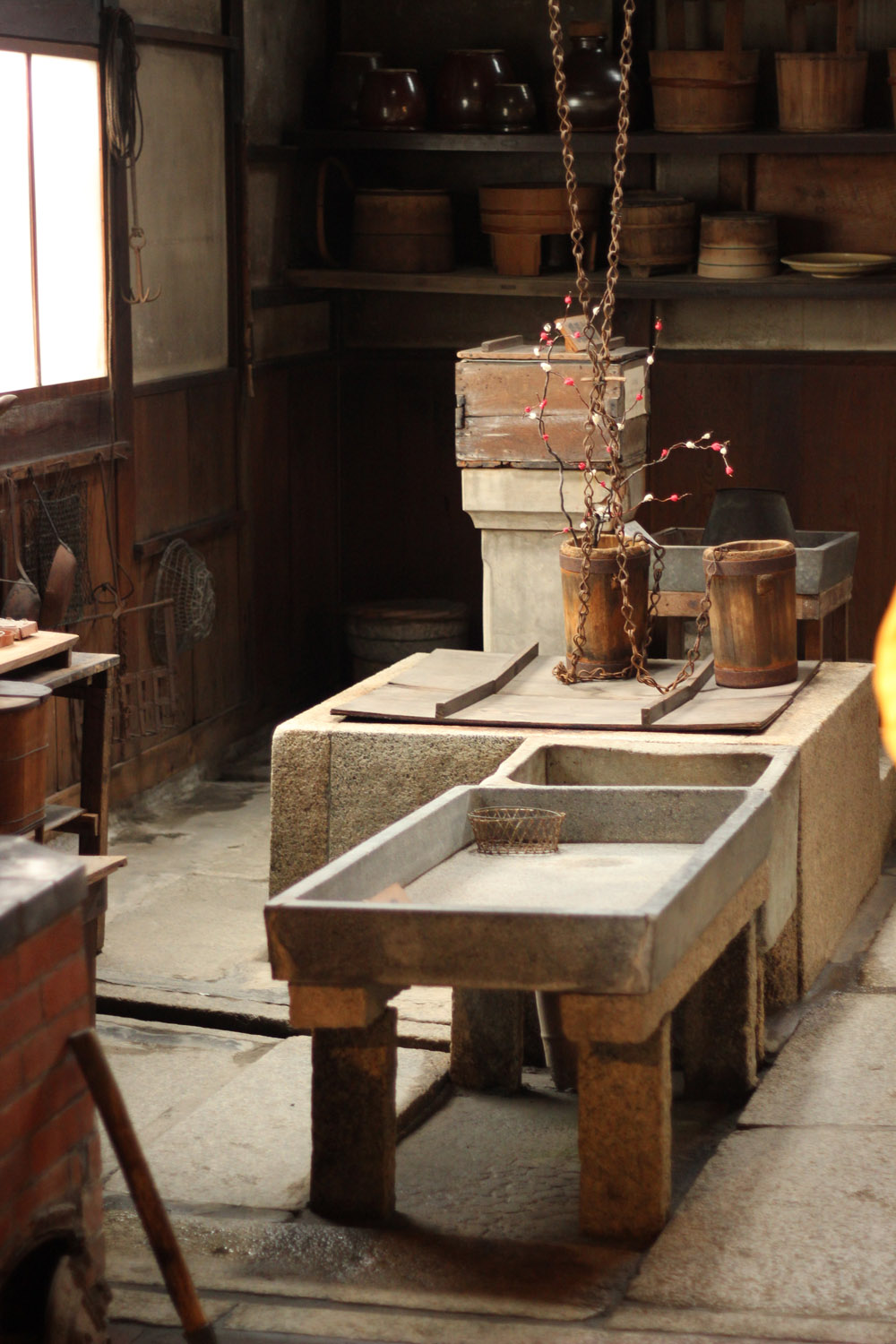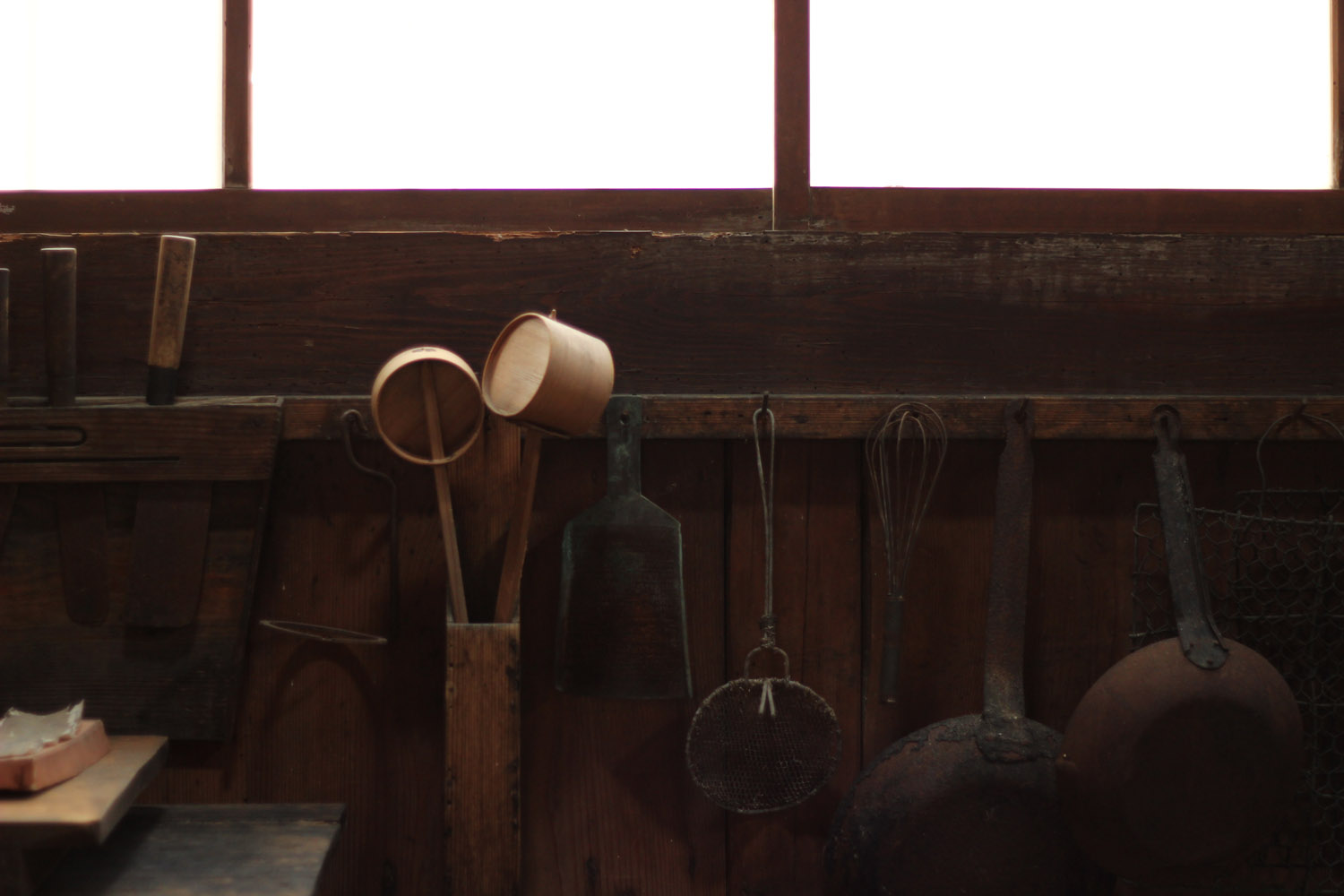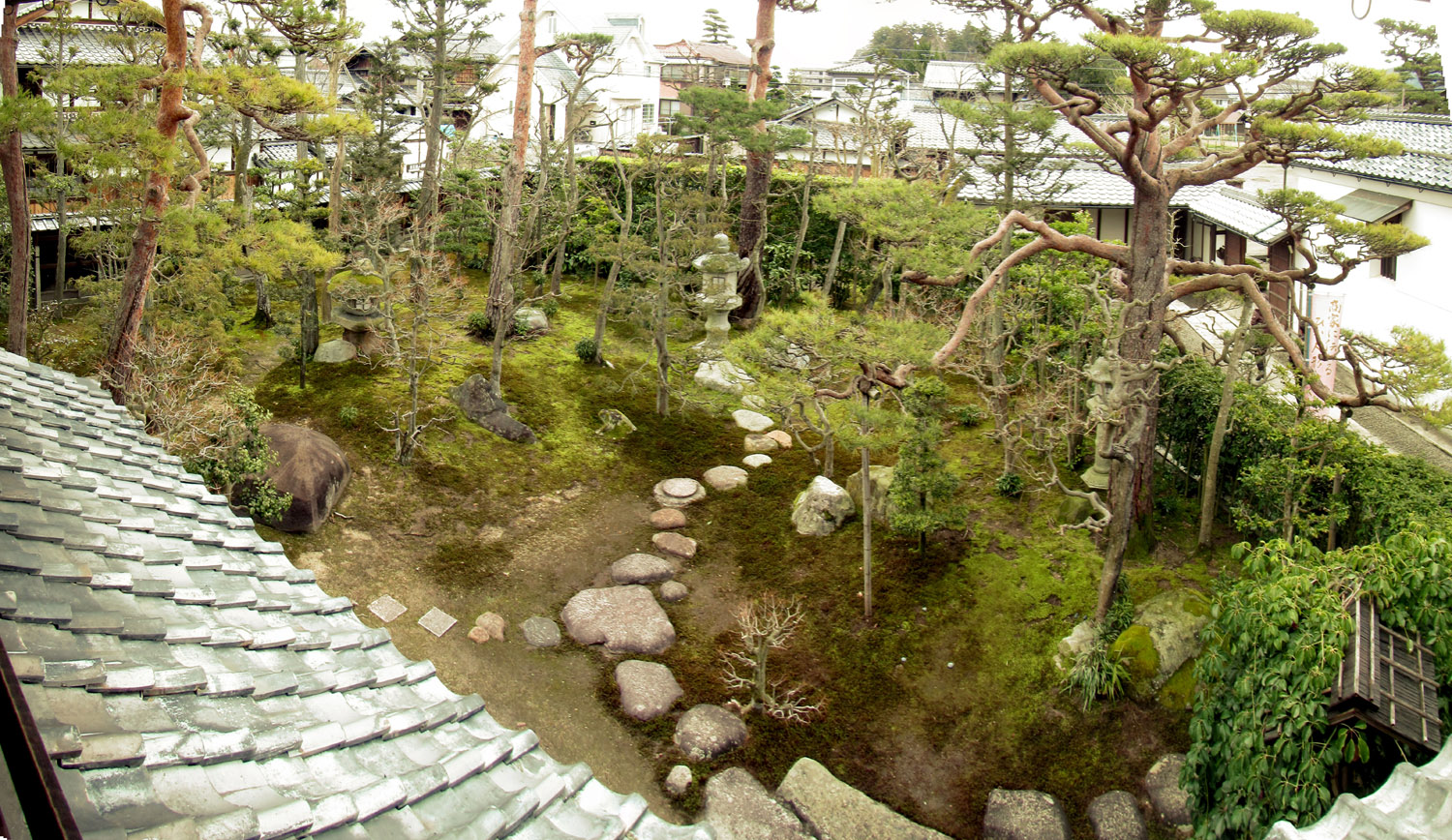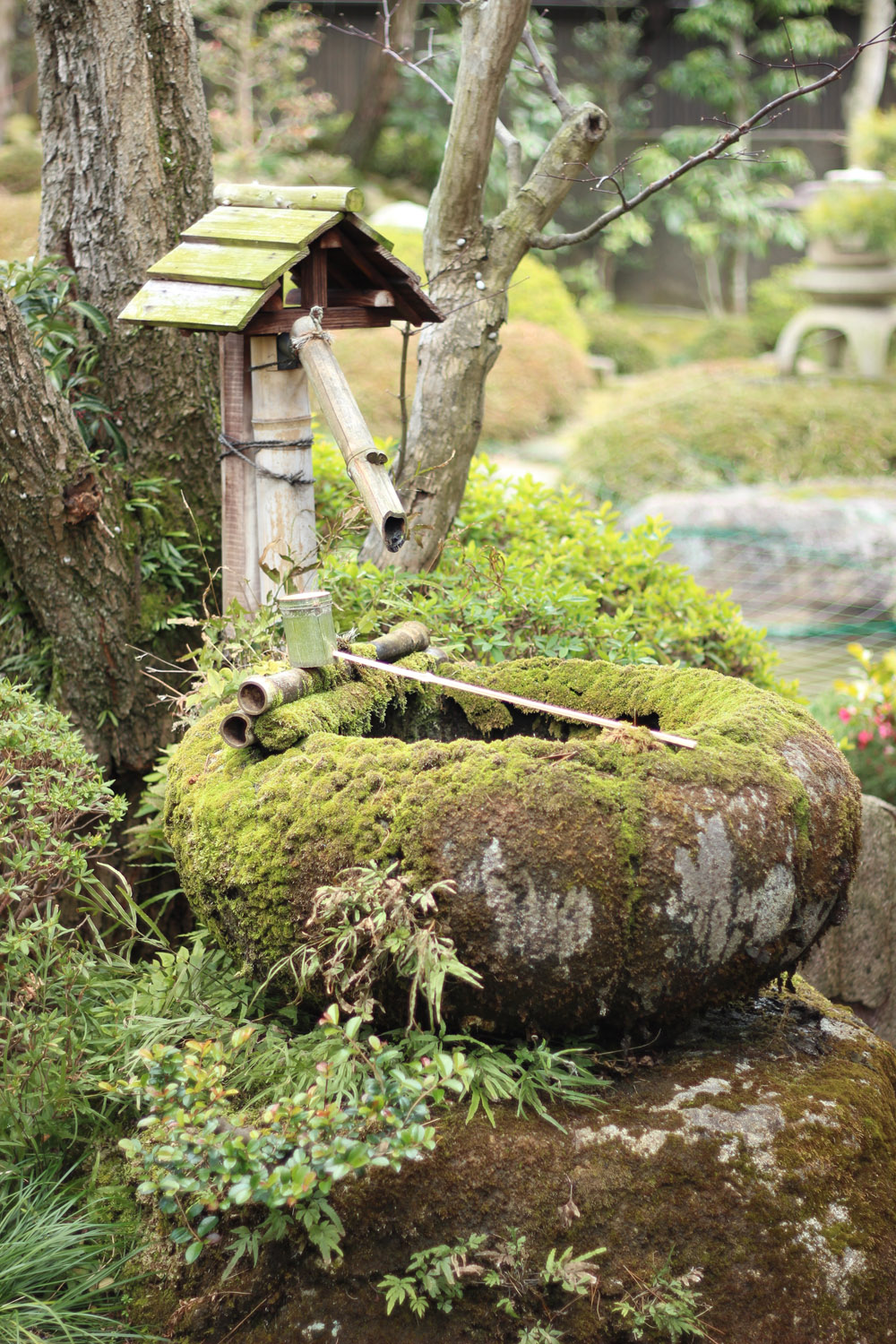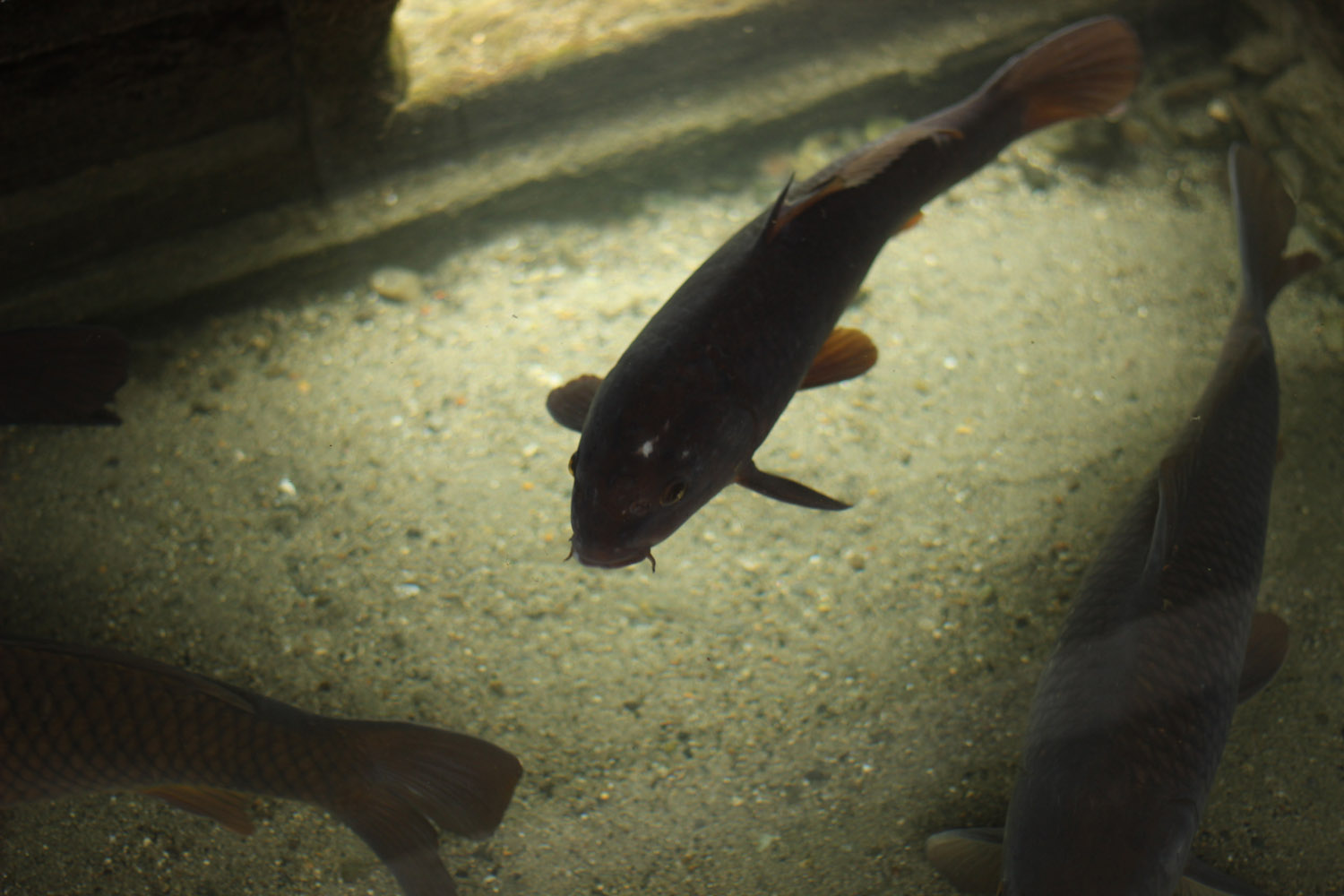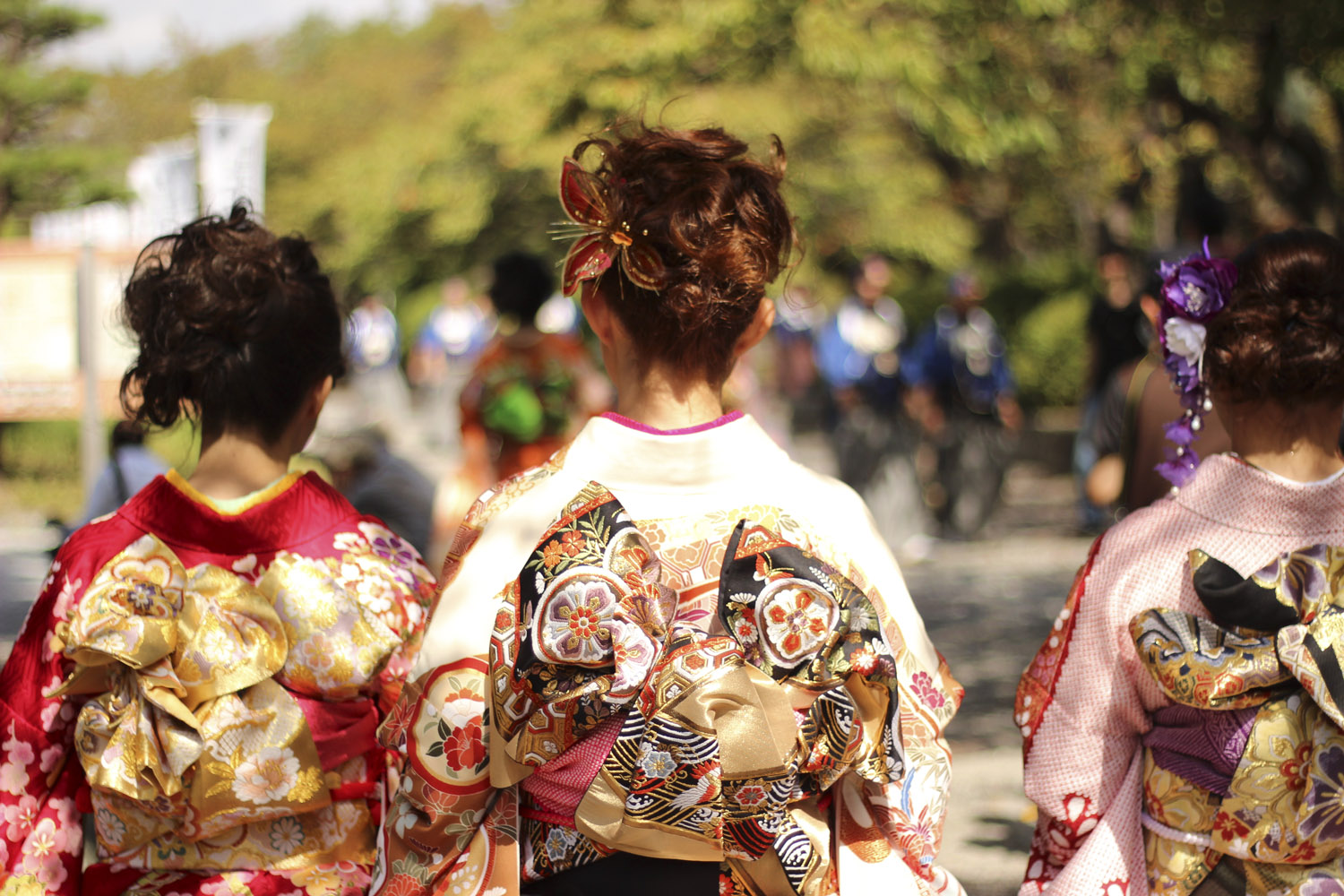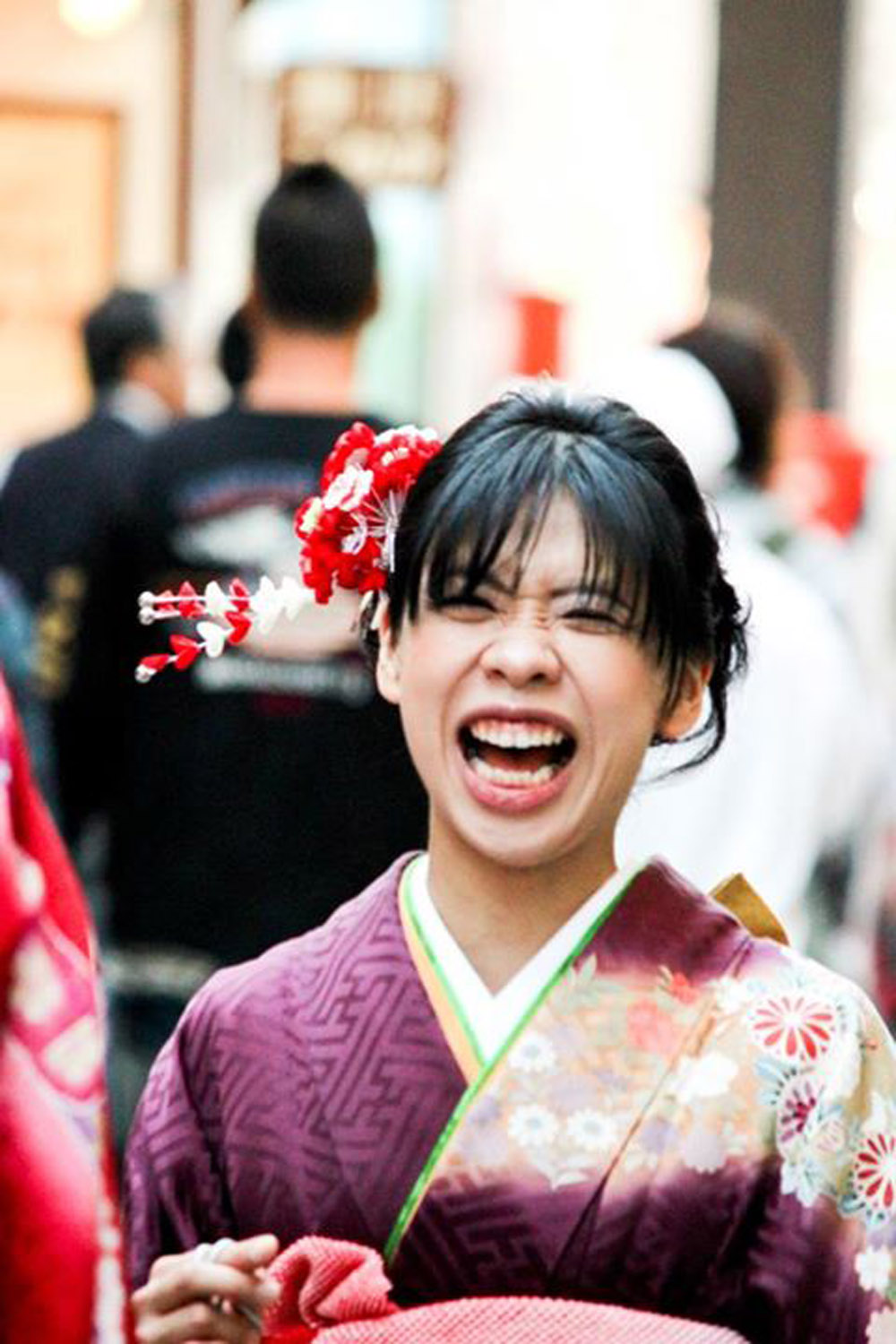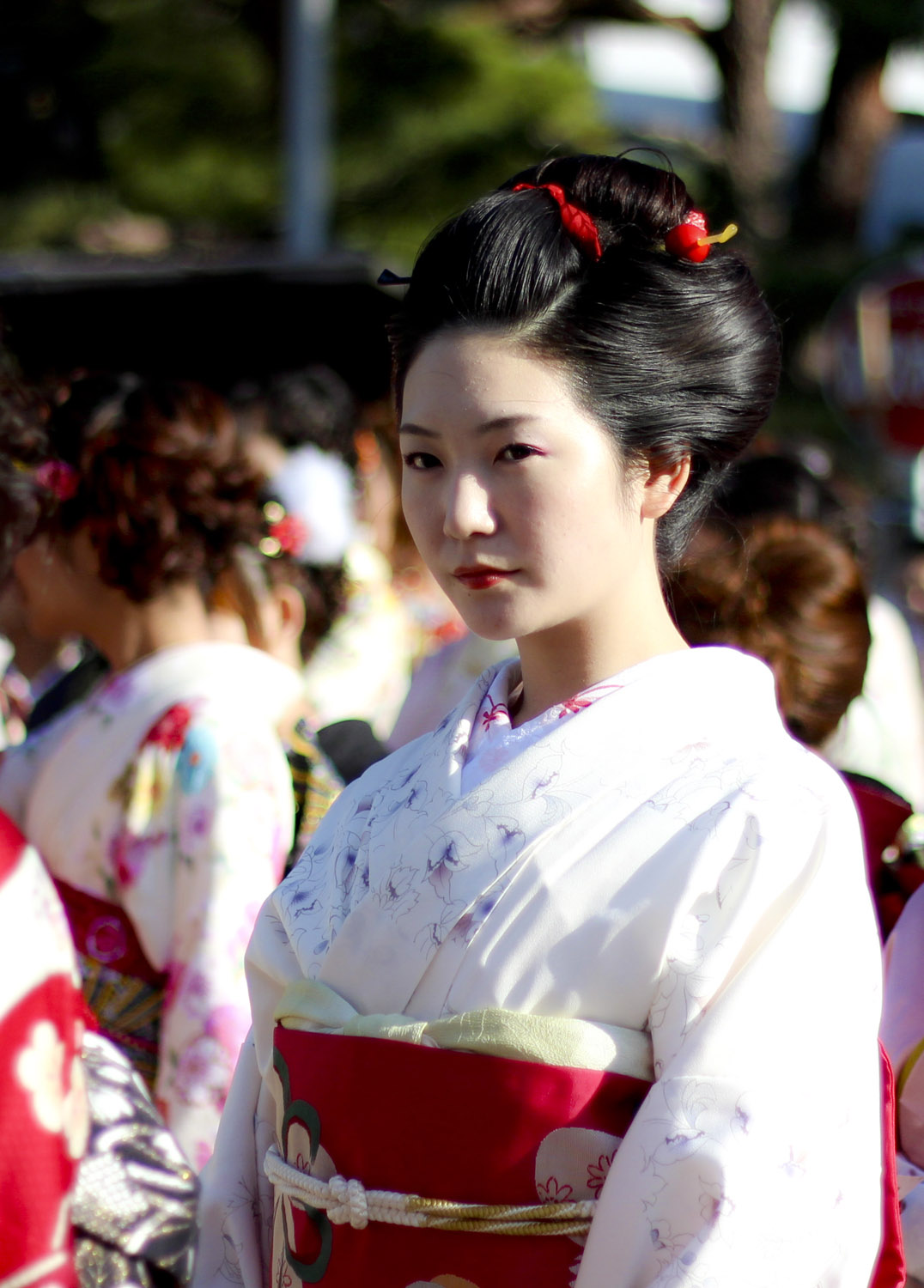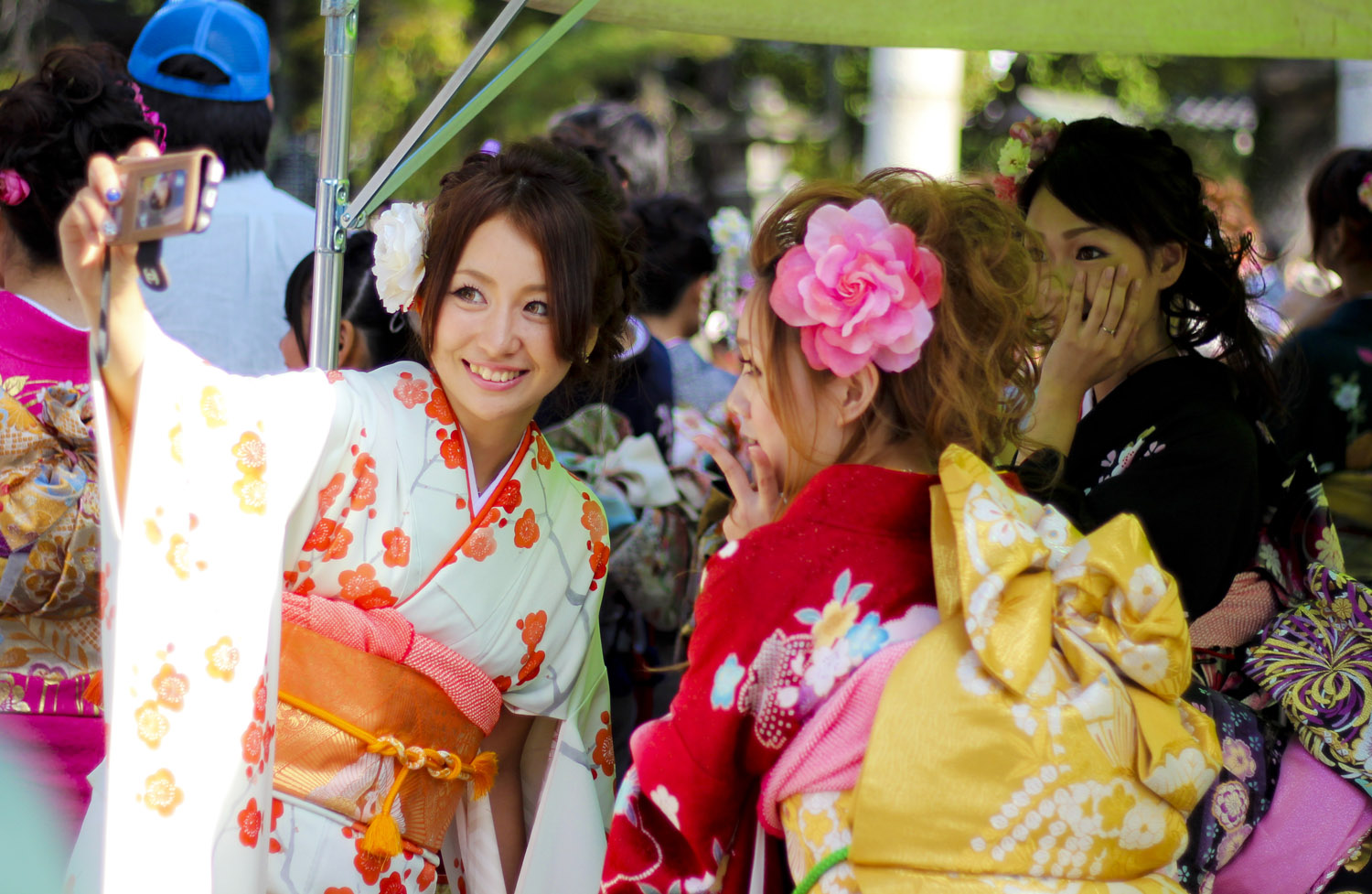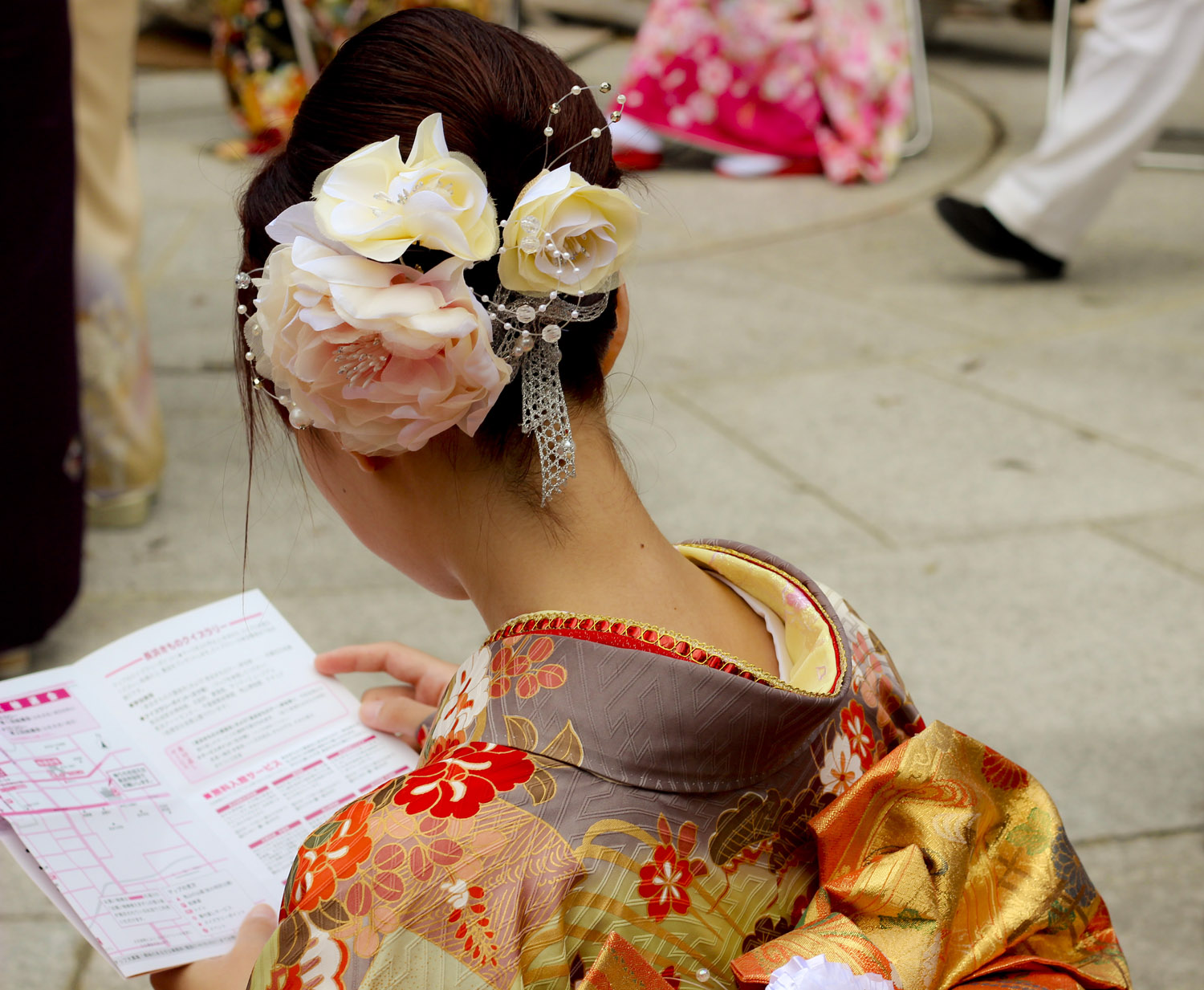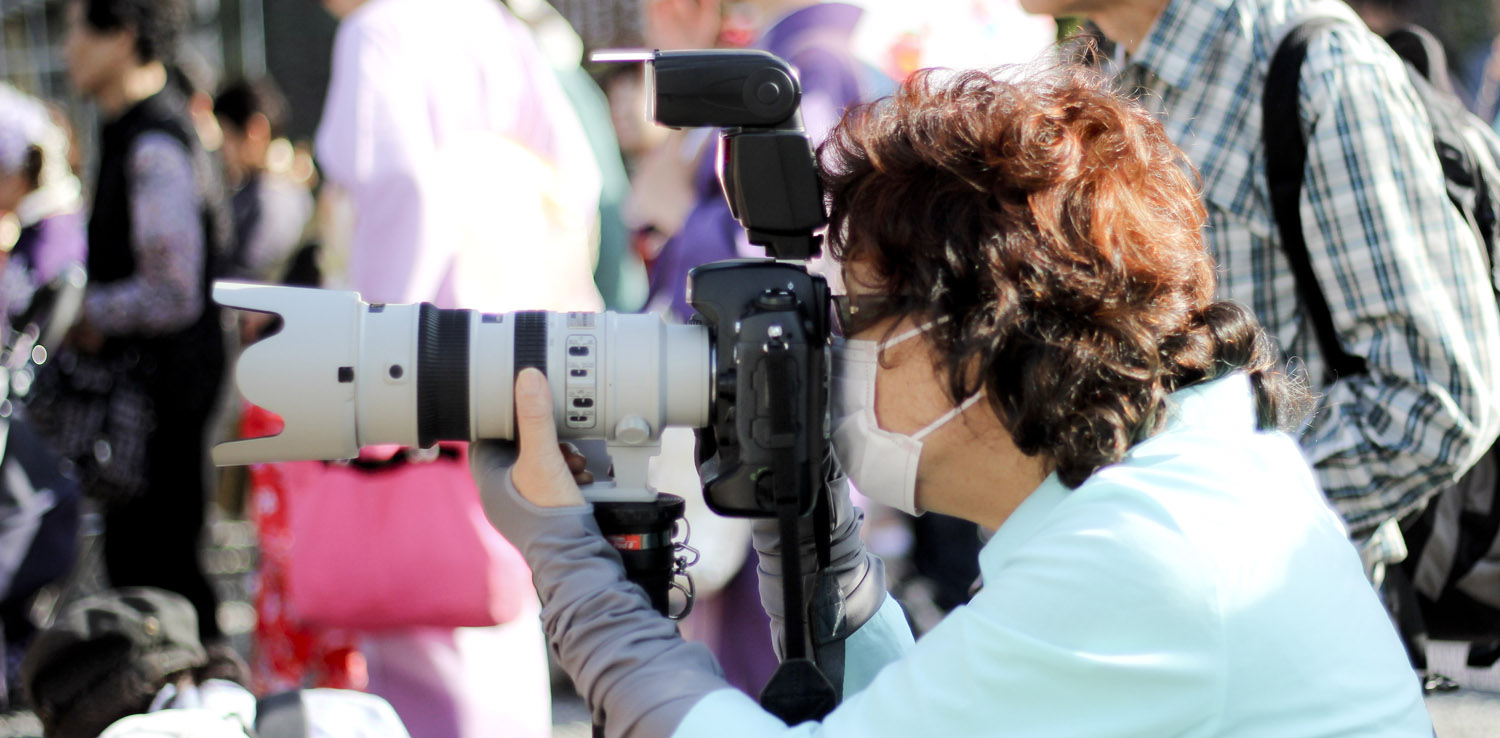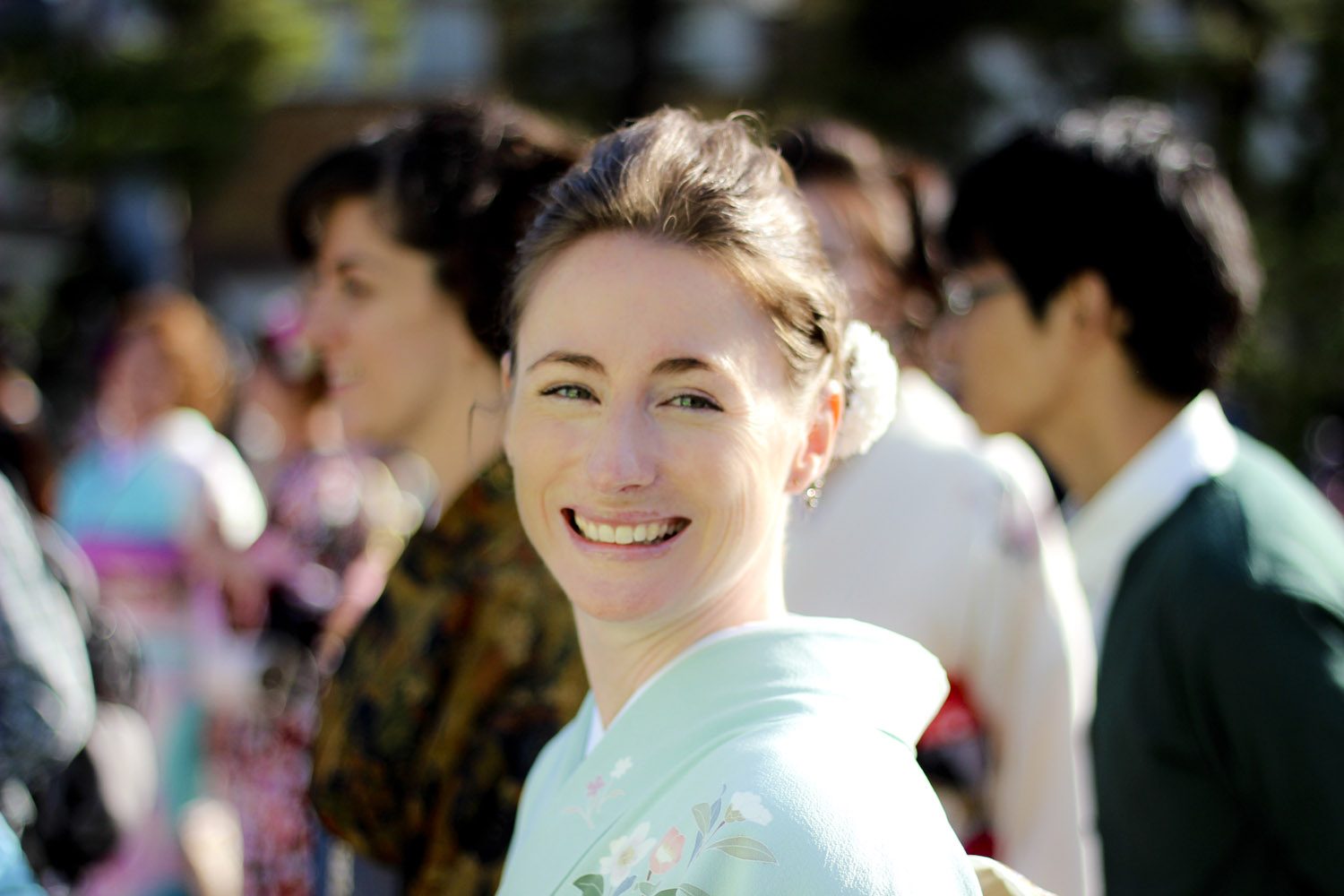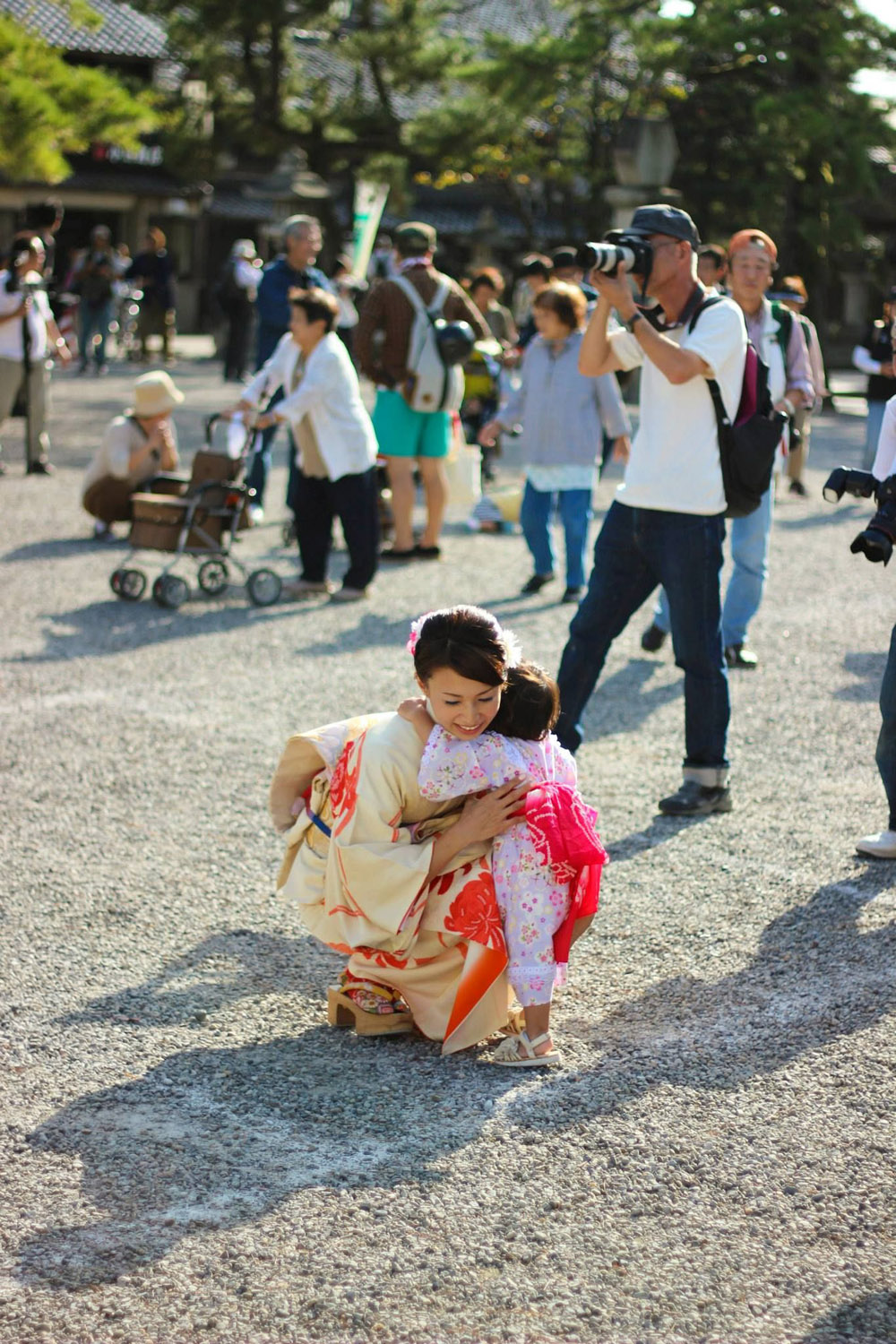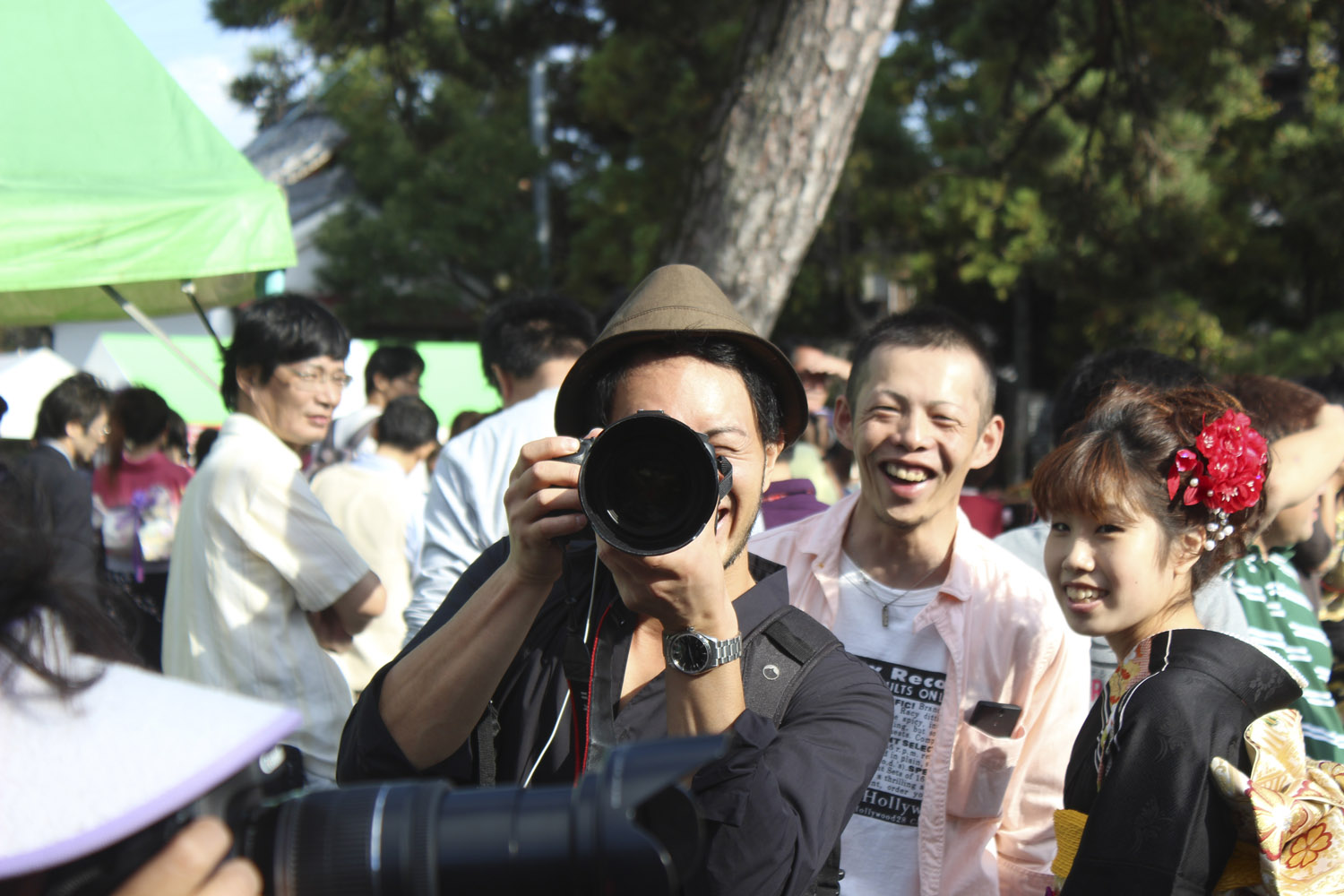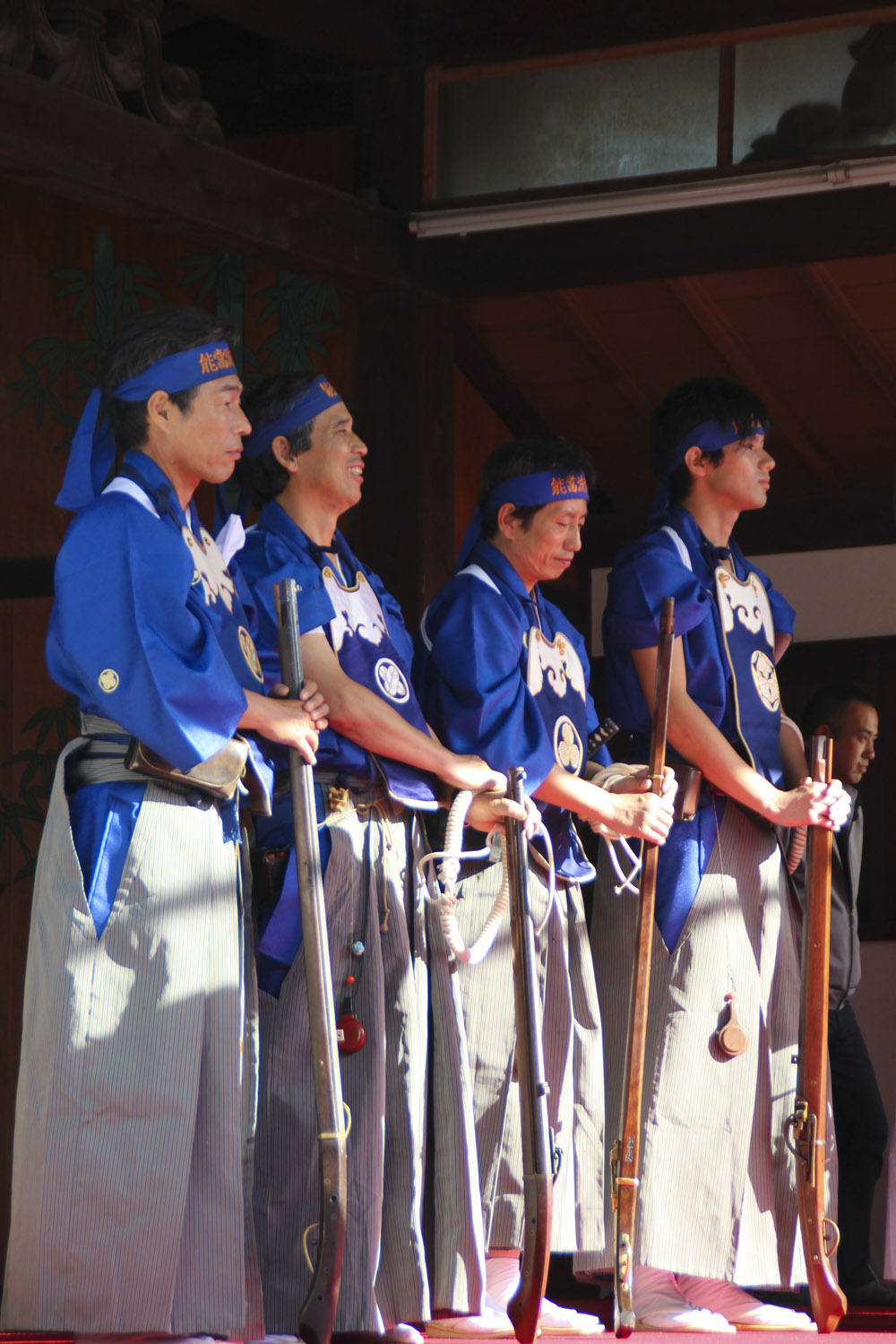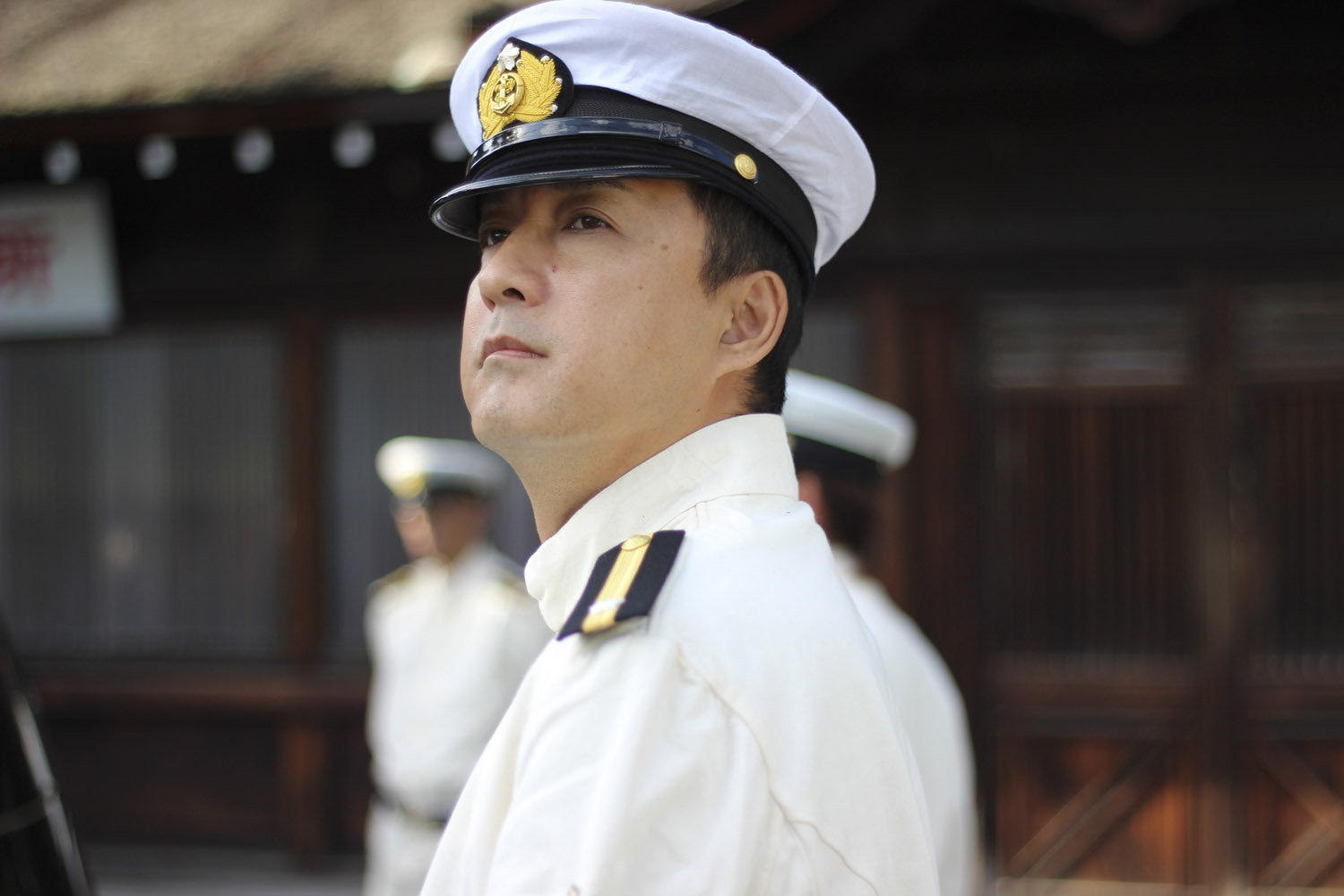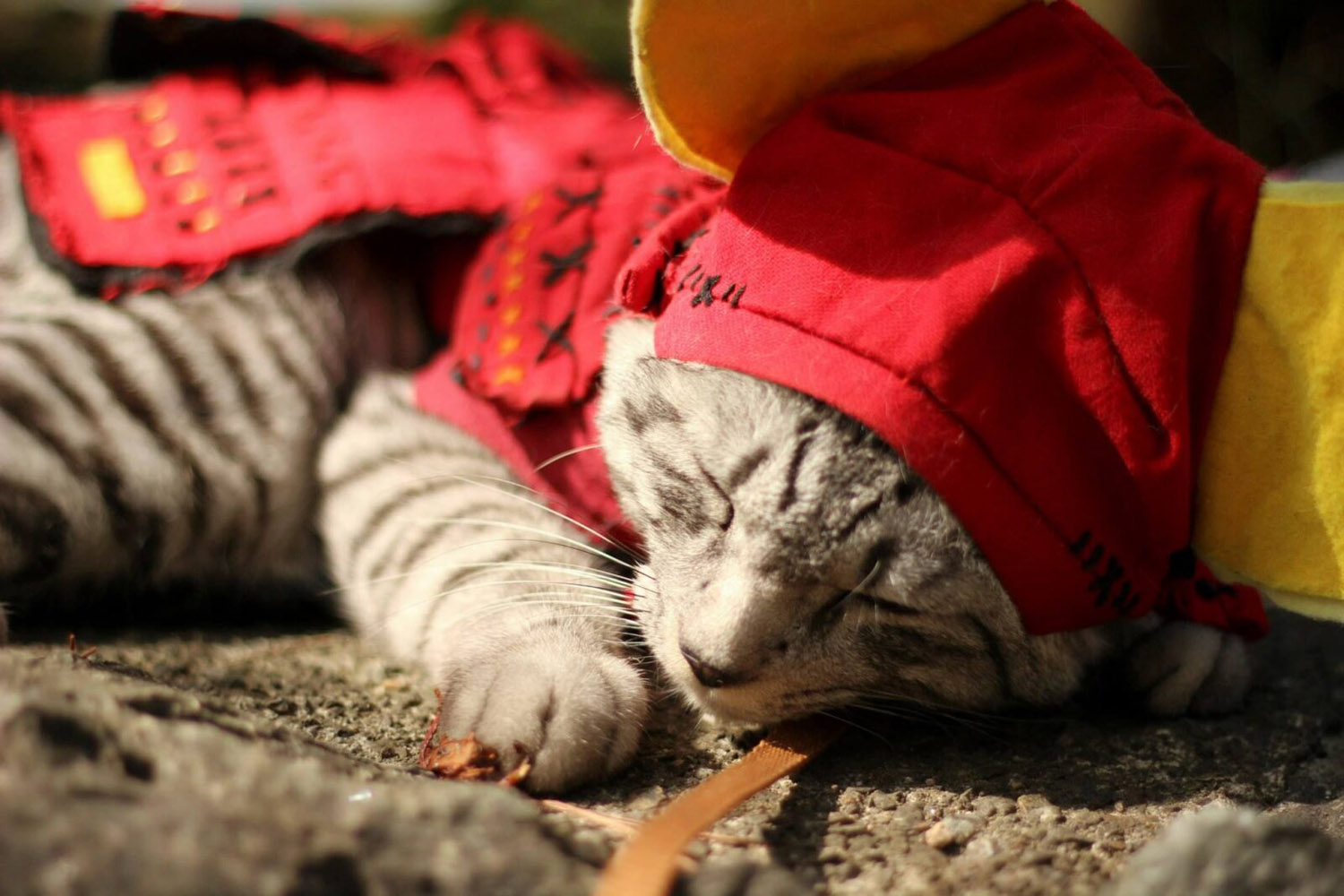…or maybe not. That is my school this morning. What the hell, man?
To an East-coast Australian, ice is NOT a substance that occurs in nature. Ice is produced by machinery and found in drinks. There is no good reason for it to just appear all over the place and even less reason for it to hang around for months at a time, getting thicker and meaner-looking every night. And there is absolutely NO possible excuse for it to roar back again NOW, when both the plum blossoms and my spirit were just starting to unfurl some tentative blooms.
Still…
…plum blossoms are tough and there have been some signs today that I may soon get my spring; like the honest-to-goodness waterfall tumbling off the roof of the gym. This morning, it was just beginning to trickle, but it was cascading by lunchtime and now it resembles alpine thaw in a nature documentary, just before the music turns to woodwinds and a time-lapsed field of edelweiss blooms.
I can only hope.
During the relatively snow-free weekend, though, Kin and I both popped on our coats (and hats and gloves and boots and scarves and mufflers and three layers of thermal underwear) and went to meet Gecko Sensei, my Tea Ceremony teacher in a watery little town to the south of Nagahama, called Gokasho.
To Grandmother’s House
Gokasho is one of Shiga’s Omi merchant towns from the Edo Period. The Omi merchants’ business took them all over Japan, but their families and their valuables remained safely installed in exquisite (not to mention highly secure) mansions in Shiga. Omihachiman is probably the most famous of these towns, but I find Gokasho with its spectacularly laid-out gardens and population of fat, friendly carp in the canals beside the roads, far, far more charming.
In theory, we were there to see the town’s Hinamatsuri displays. Sensei is the archetypal Yamato Nadeshiko, so a visit to a girl’s festival is exactly the sort of outing she enjoys. Kin finds Hinamatsuri dolls as creepy as hell, but is fond of Sensei and doesn’t trust her wobbling around unaccompanied when she’s wearing zori (which is pretty much all of the time). I find the displays fairly interesting, but mostly want any excuse to poke around in the magnificent gardens and old family homes (not to mention tickle a carp or two, should the opportunity arise).
For all of this meticulously planned magnificence, Gokasho isn’t imposing in the way that, say, Kakunodate or Nara can be. For one thing, it’s very obviously a little country village, even if it IS a little country village built and maintained by fabulously wealthy businesspeople. For another, any family home which has lasted for more than two generations develops a really awesome “Nan’s place” vibe ESPECIALLY if that home has since been making an effort to hang onto any item of potential historical value. That means that every old box that every Omi Mum has packed away for the last several hundred years has been unpacked and displayed, including the recent ones, so that next to each other are centuries-old teakettles, exquisitely lacquered furniture, plastic elephants on wheels and shelves of things like combs, old toys and tacky seaside ornaments made from shells, glue and googly eyes.
It’s an incredibly relaxing place for somewhere so interesting. And just look at this kitchen!
I’m always drawn to kitchens, but this was a particularly beautiful example of its breed. A person could really work in a kitchen like that.
The Gokasho gardens are surrounded by high walls and each one is different from all of the others.
I’m certain that the houses and gardens were planned simultaneously, as they complement each other so perfectly and each household seems to have chosen their own aesthetic. One family constructed a fascinatingly erratic landscape with hills, cliffs and a boulder-filled river. Another produced one that was peacefully flat, rambling and flower-filled, except where it rose around the lake (which the house was constructed to showcase).
My favourite garden looks like a small, dry forest with uneven stone paths winding through it. It’s kind of hard to explain what exactly is so breathtaking about that, but somehow this garden manages to feel completely peaceful and separate from the world outside its walls.
And any way, any town where the fish follow you around has to be pretty cool.
(A more complete album of Kin’s pictures can be found on our Facebook page.)
Keeping it cool (unfortunately).
Gem
XX
EDIT: Ugh, I’ve just seen some of the photos of Gokasho available online and they give COMPLETELY the wrong idea of the place. It may be time to buy Kin that 32mm Prime lens and let him do it right.
